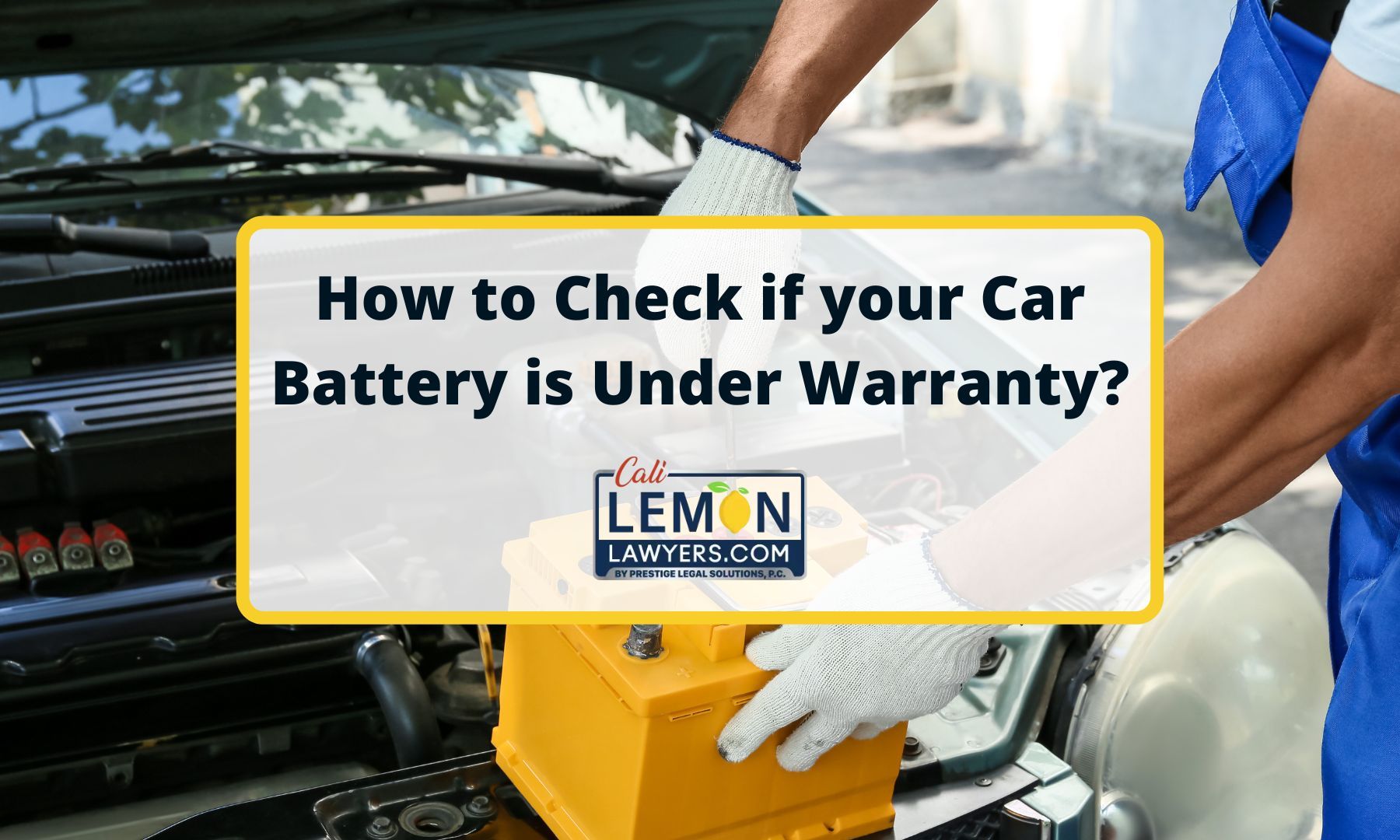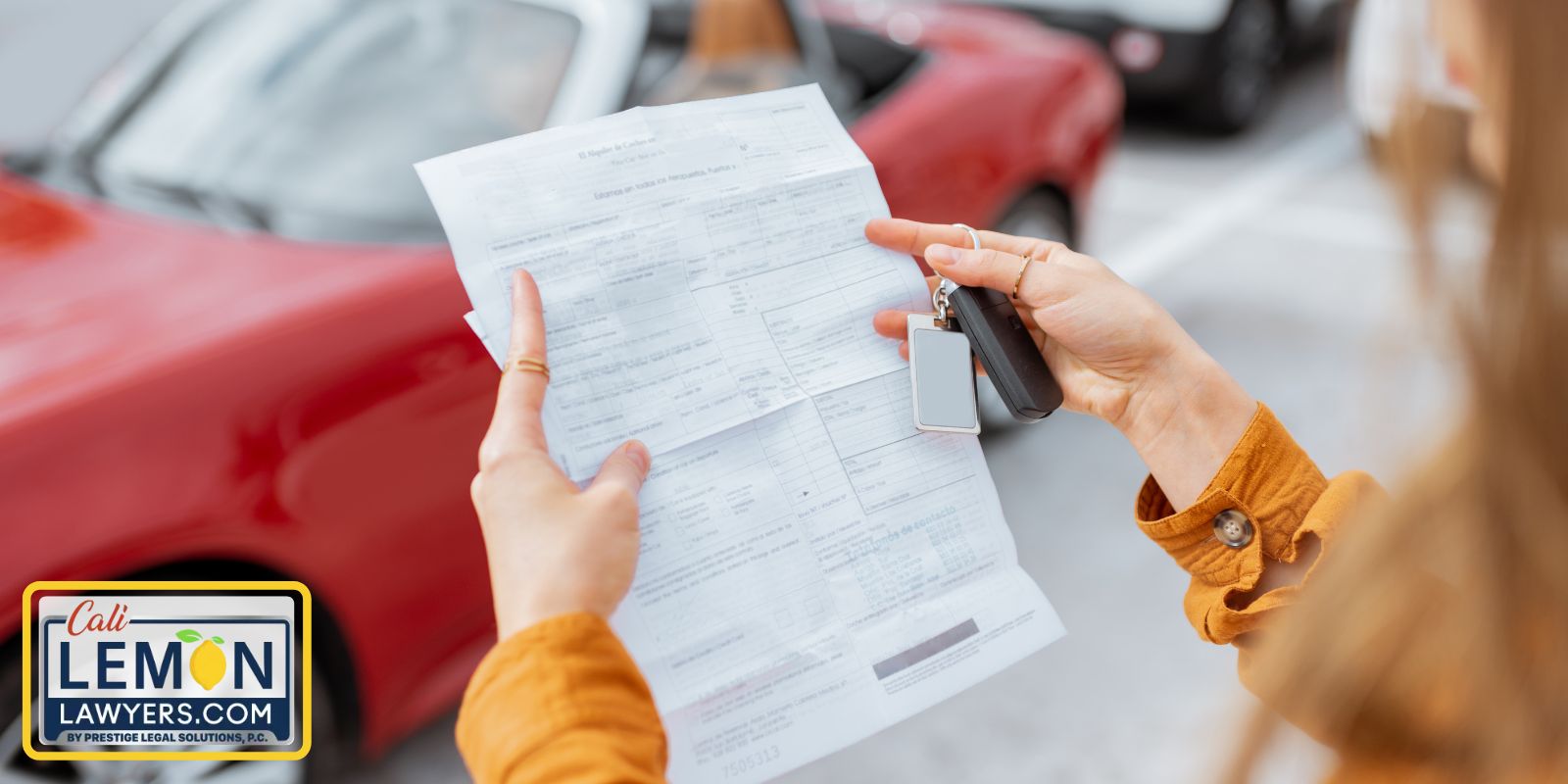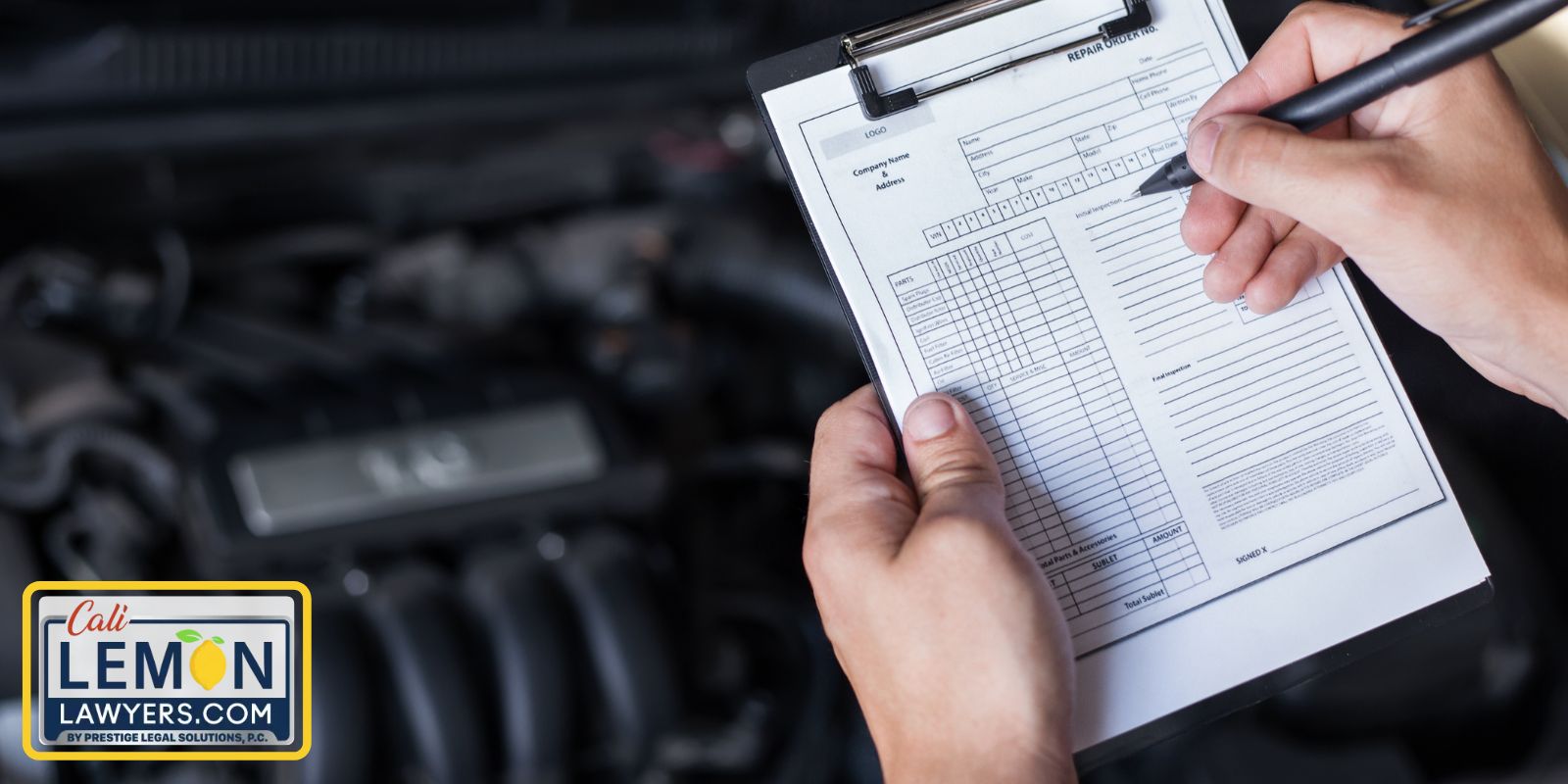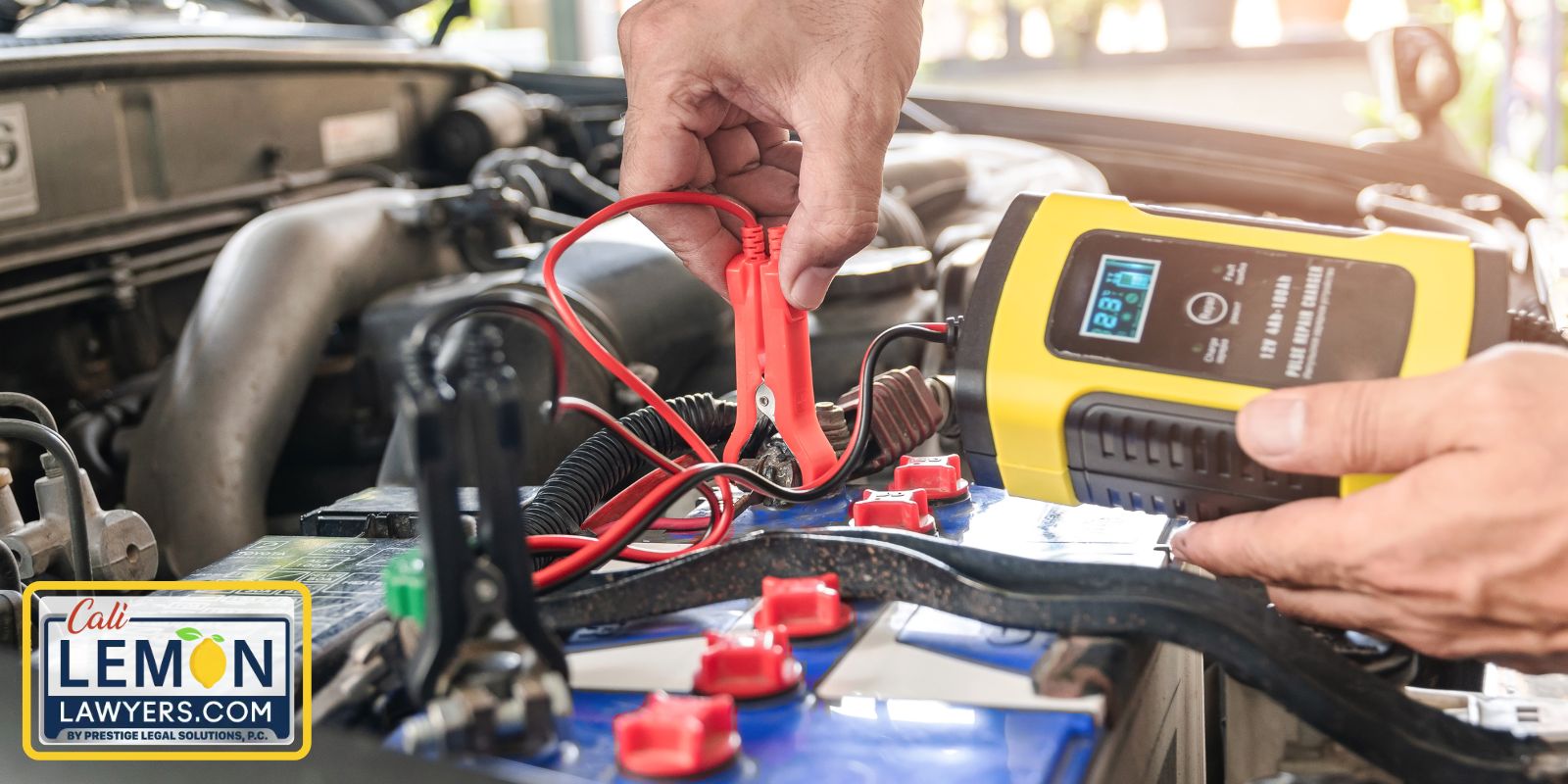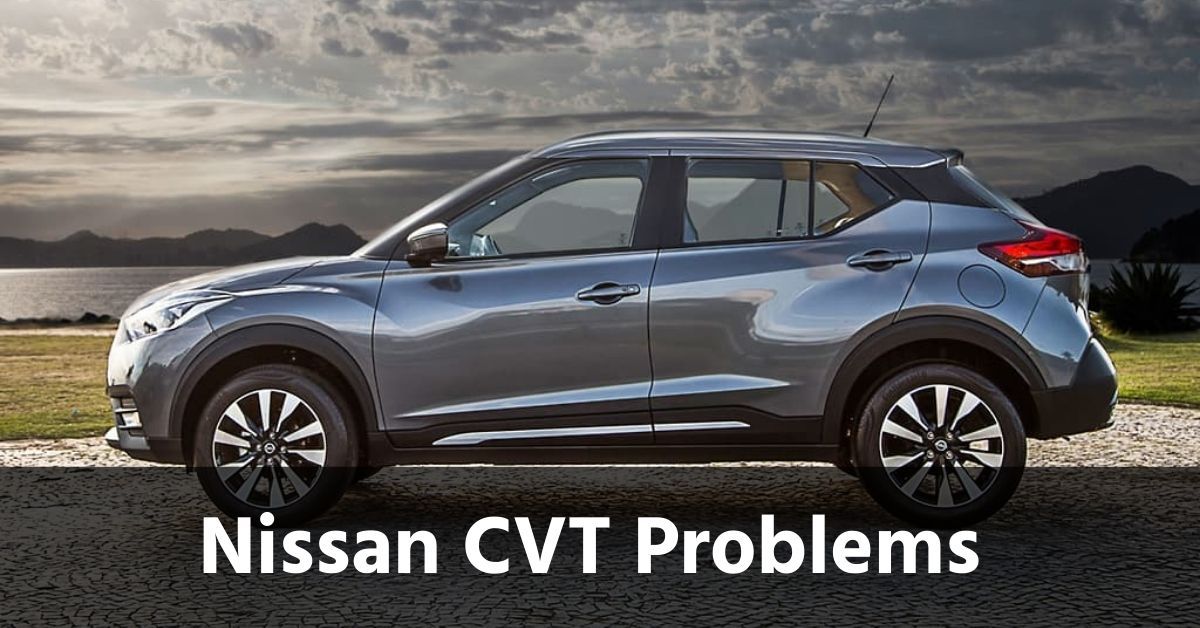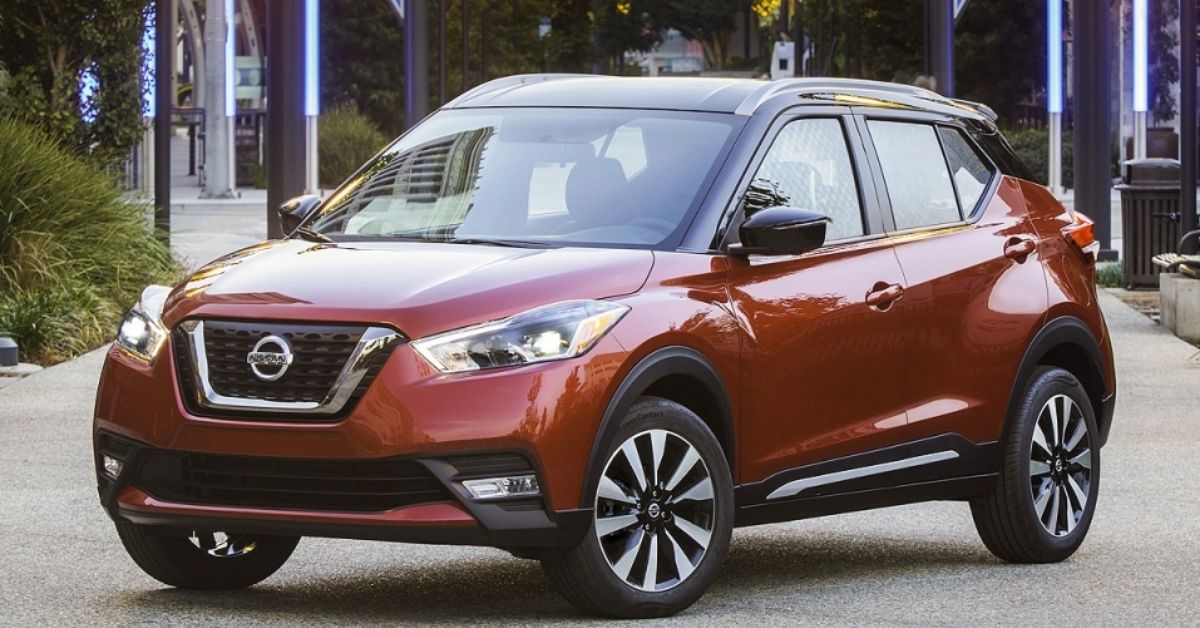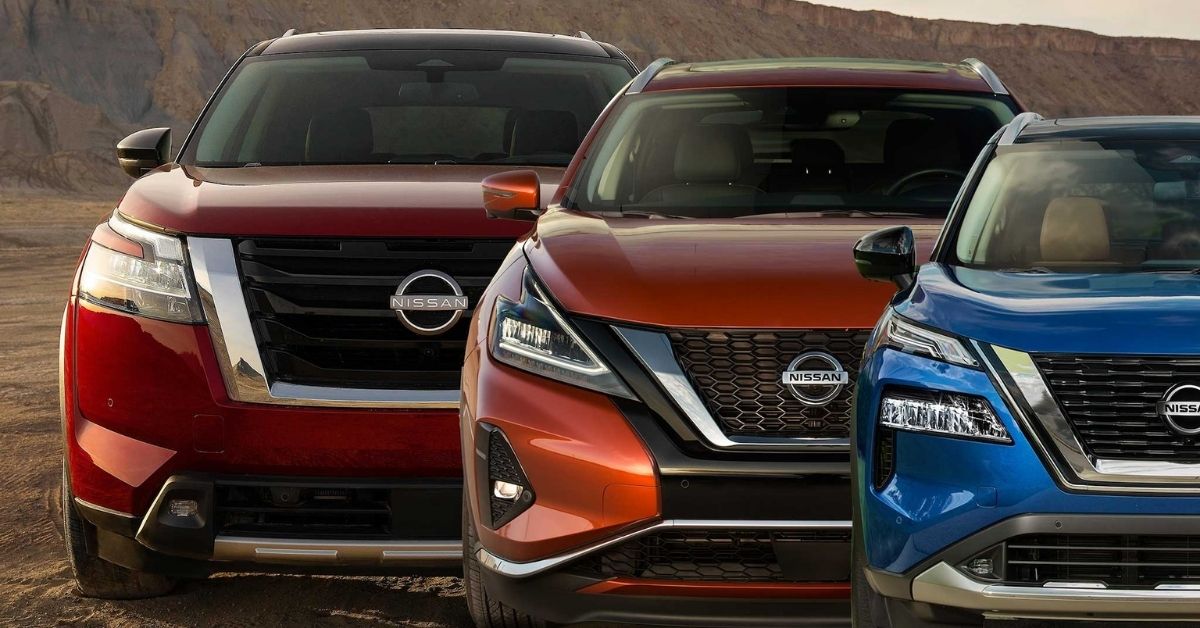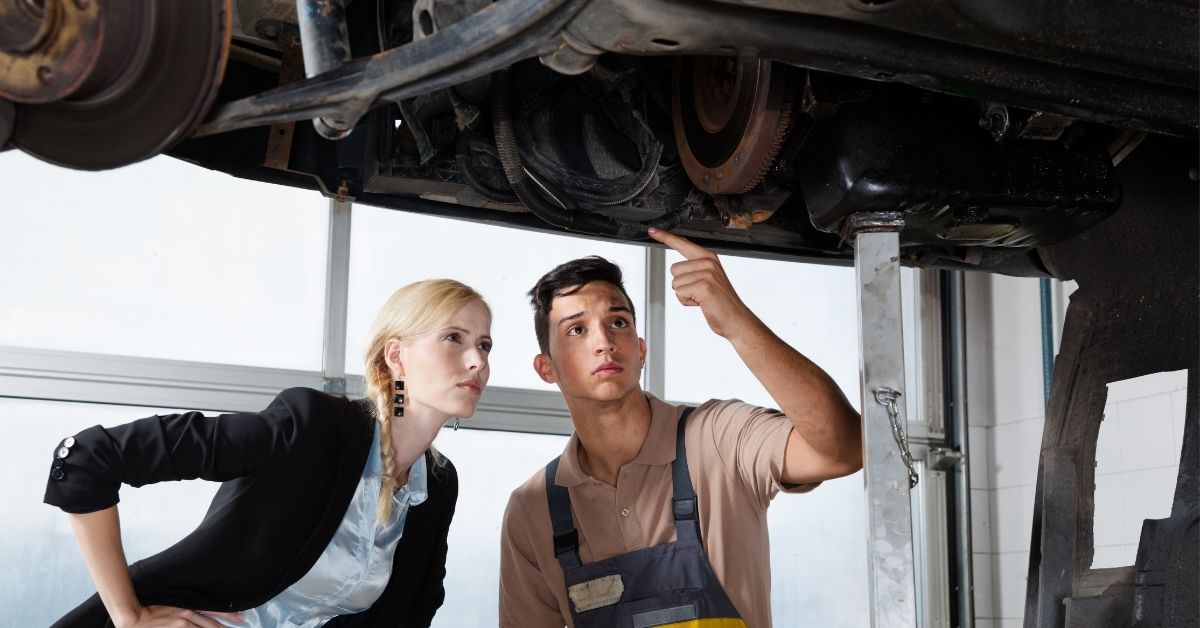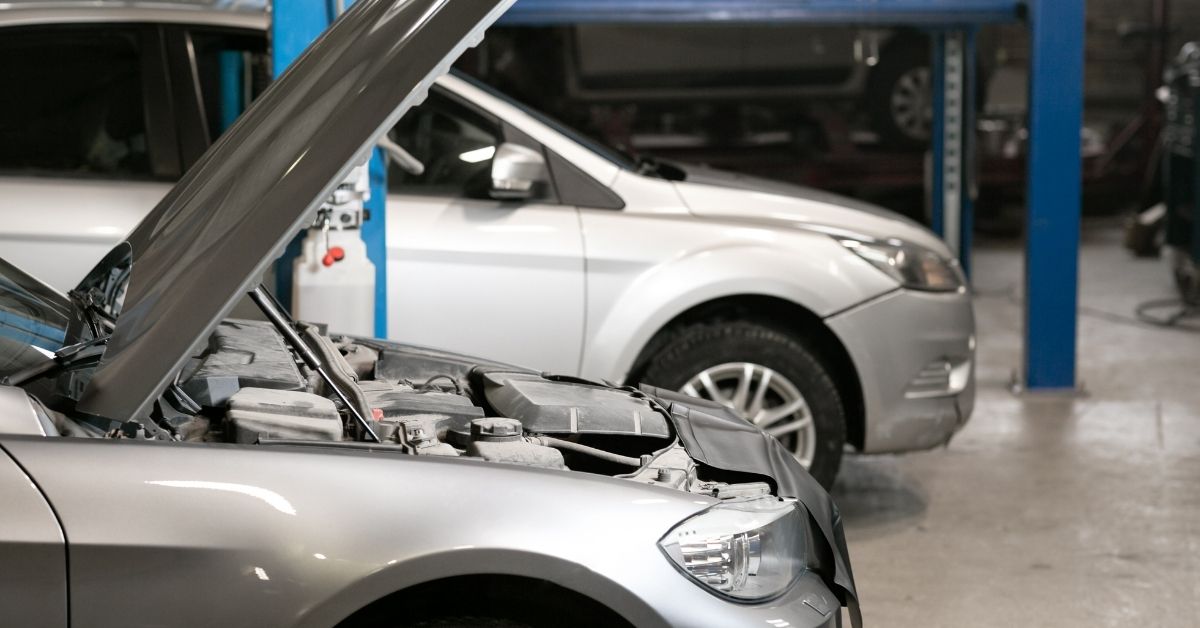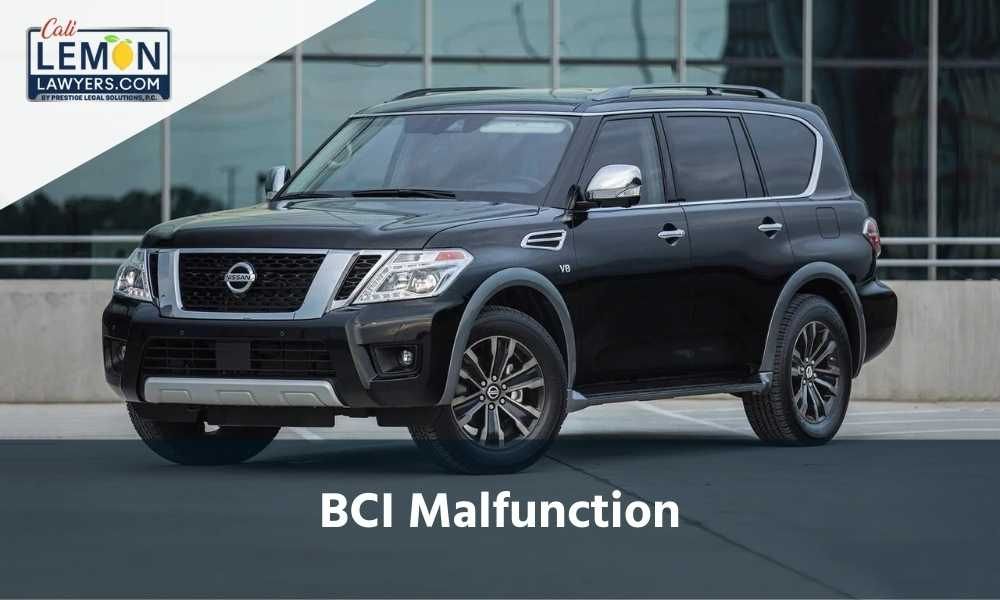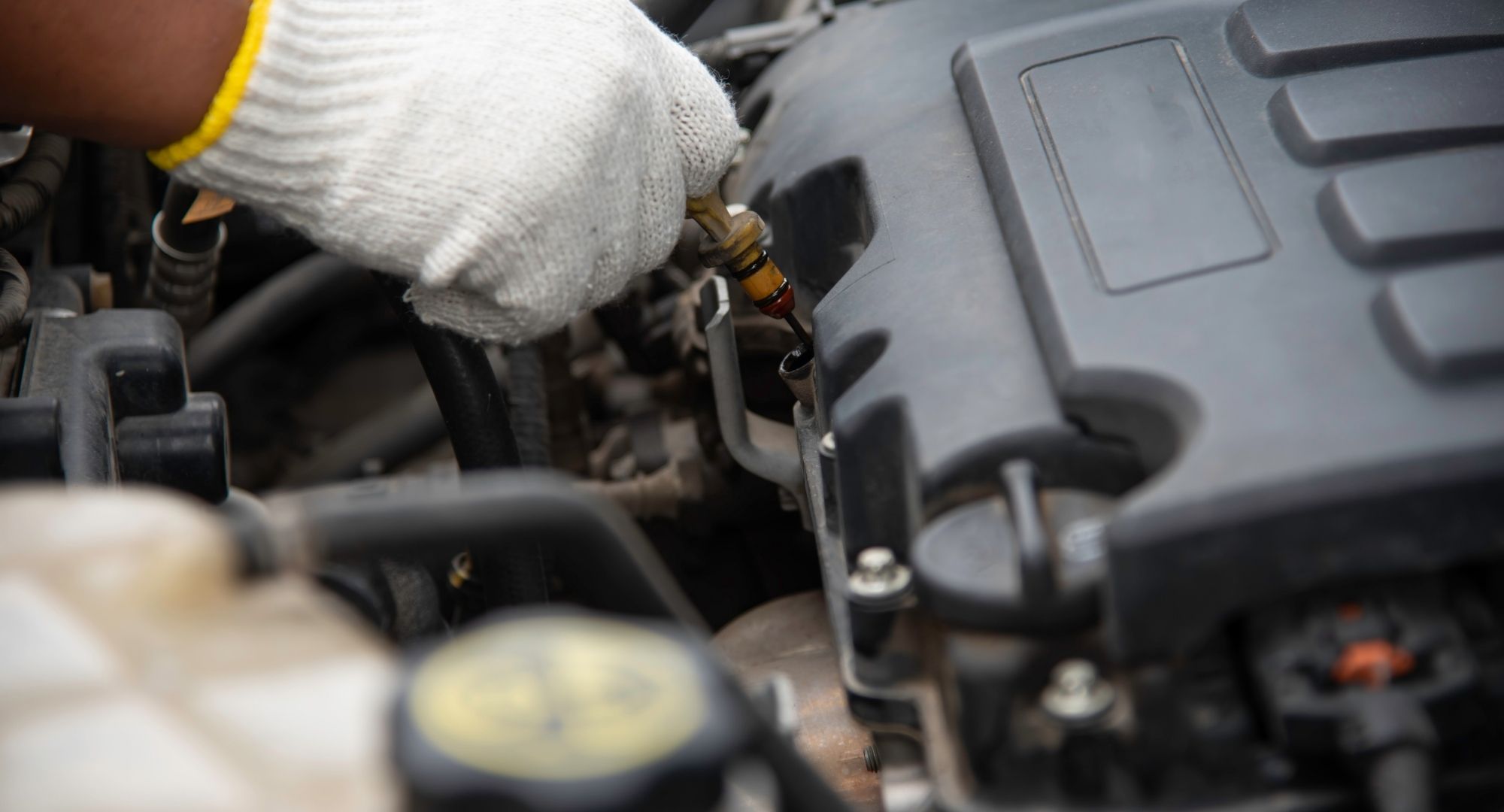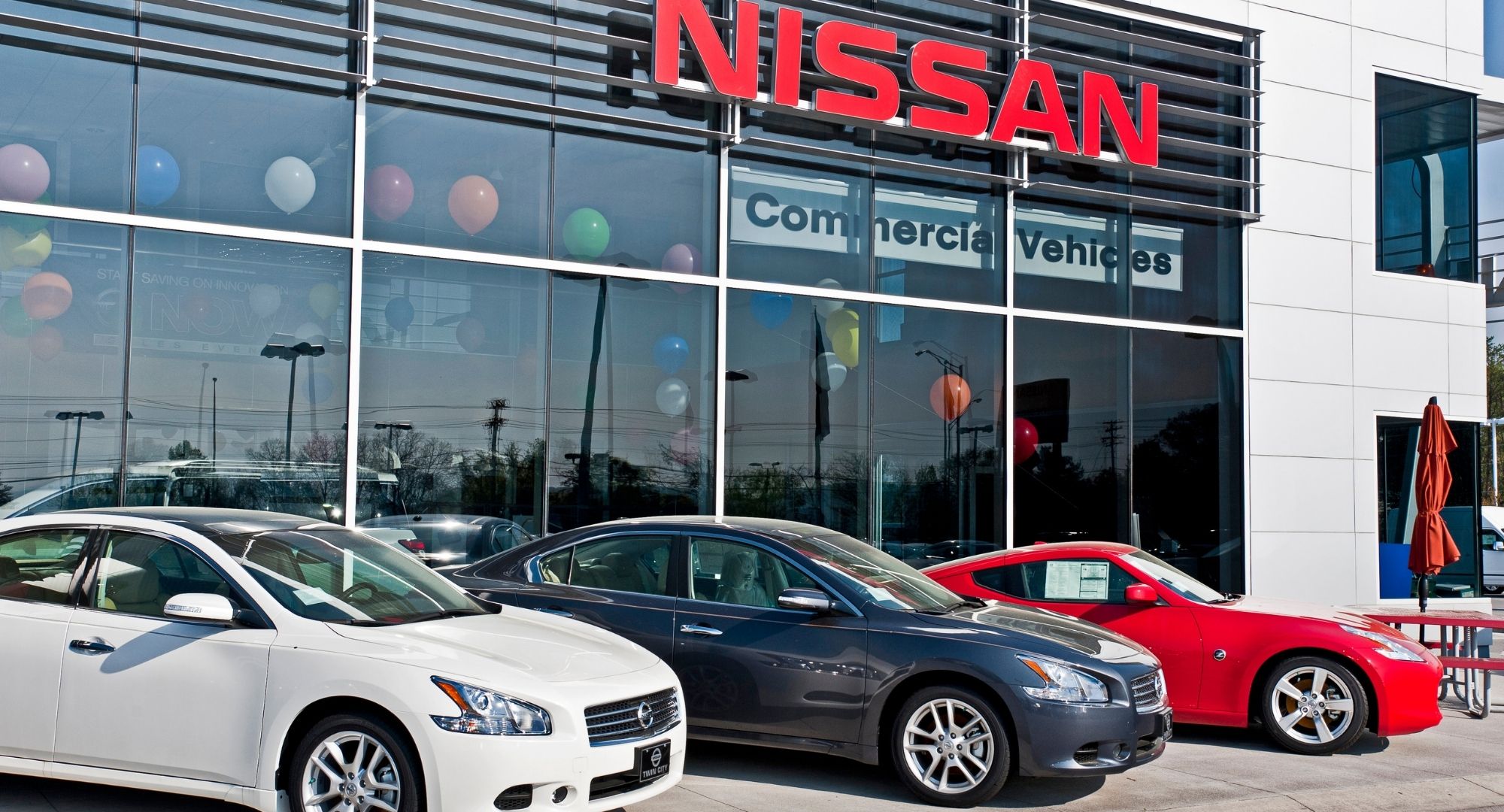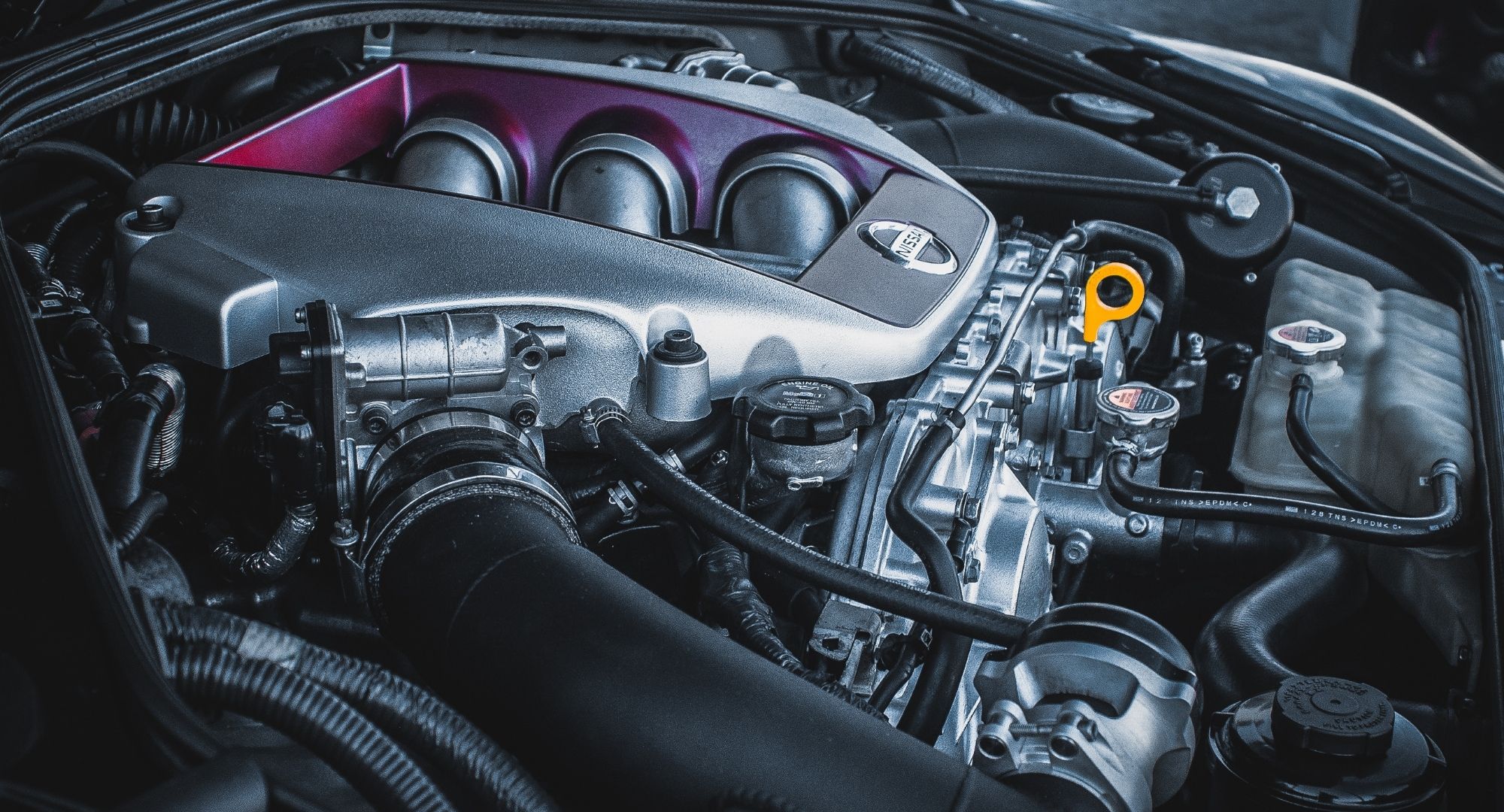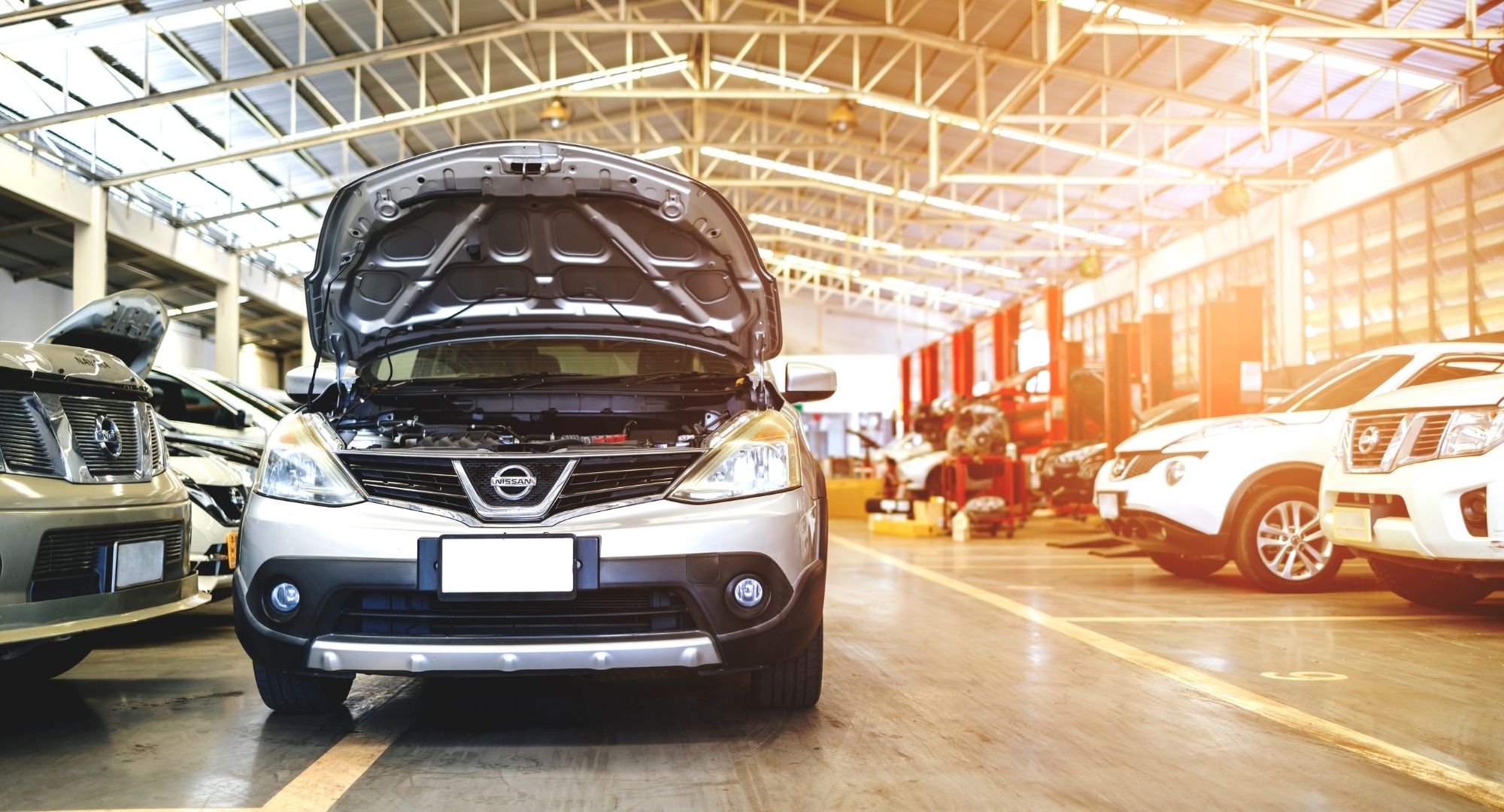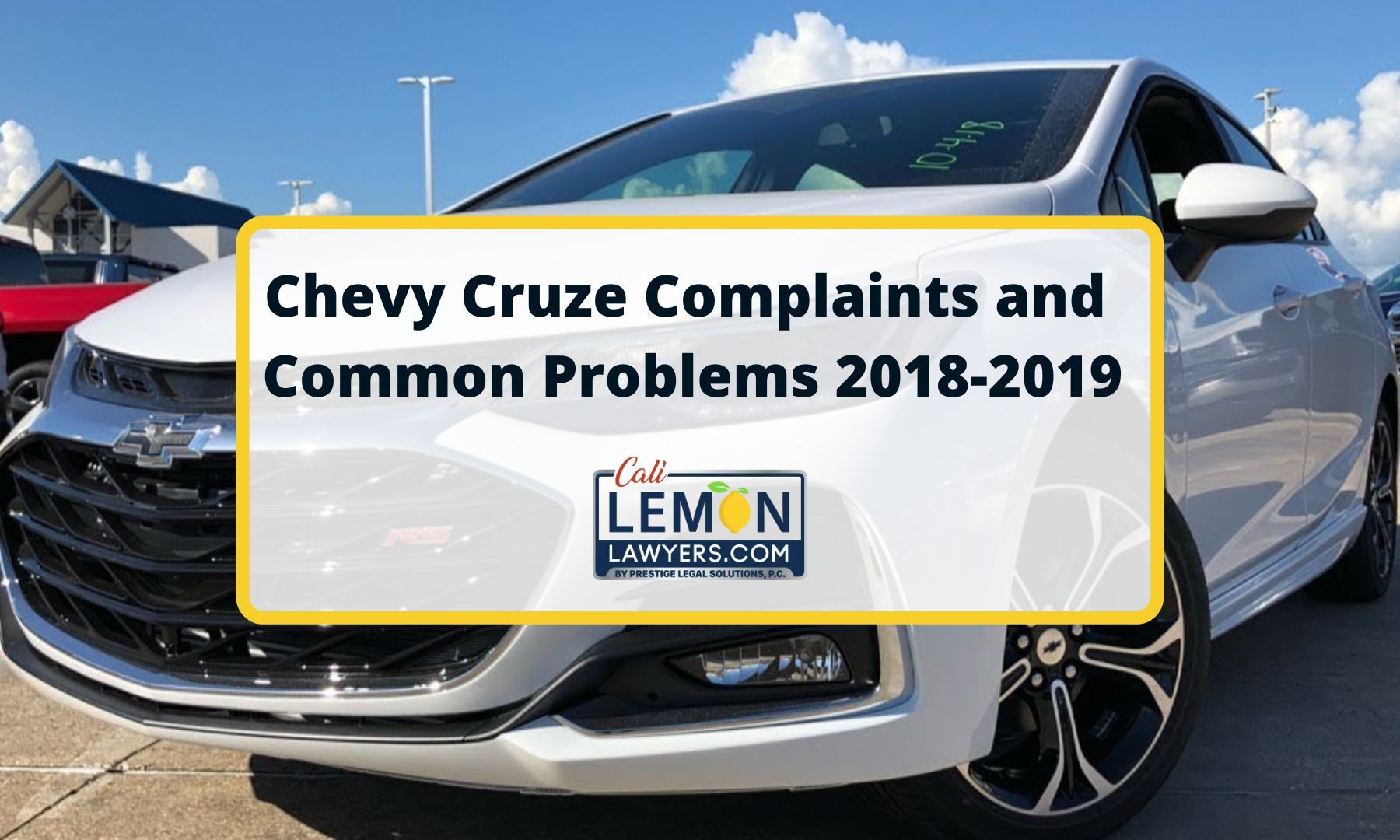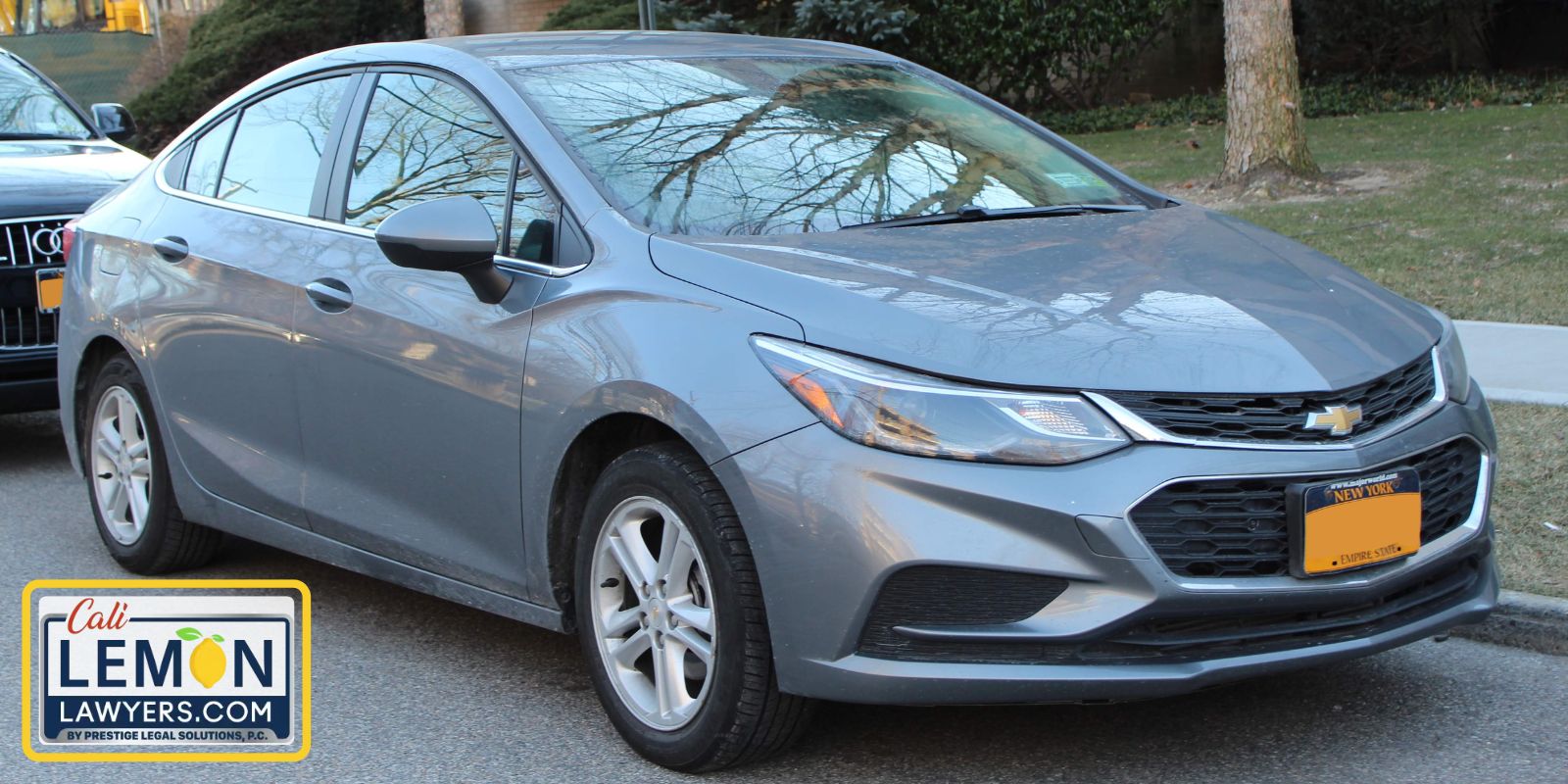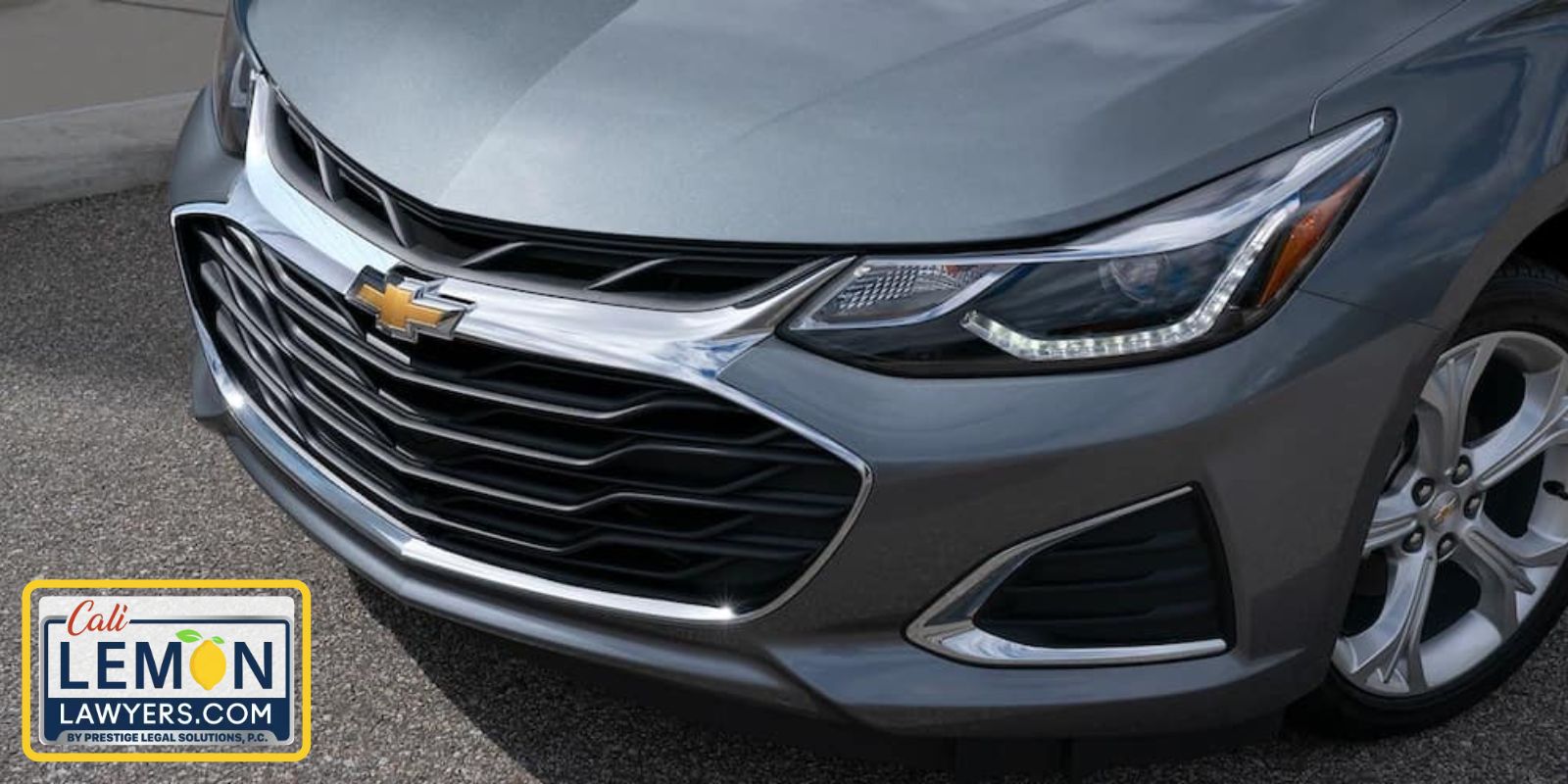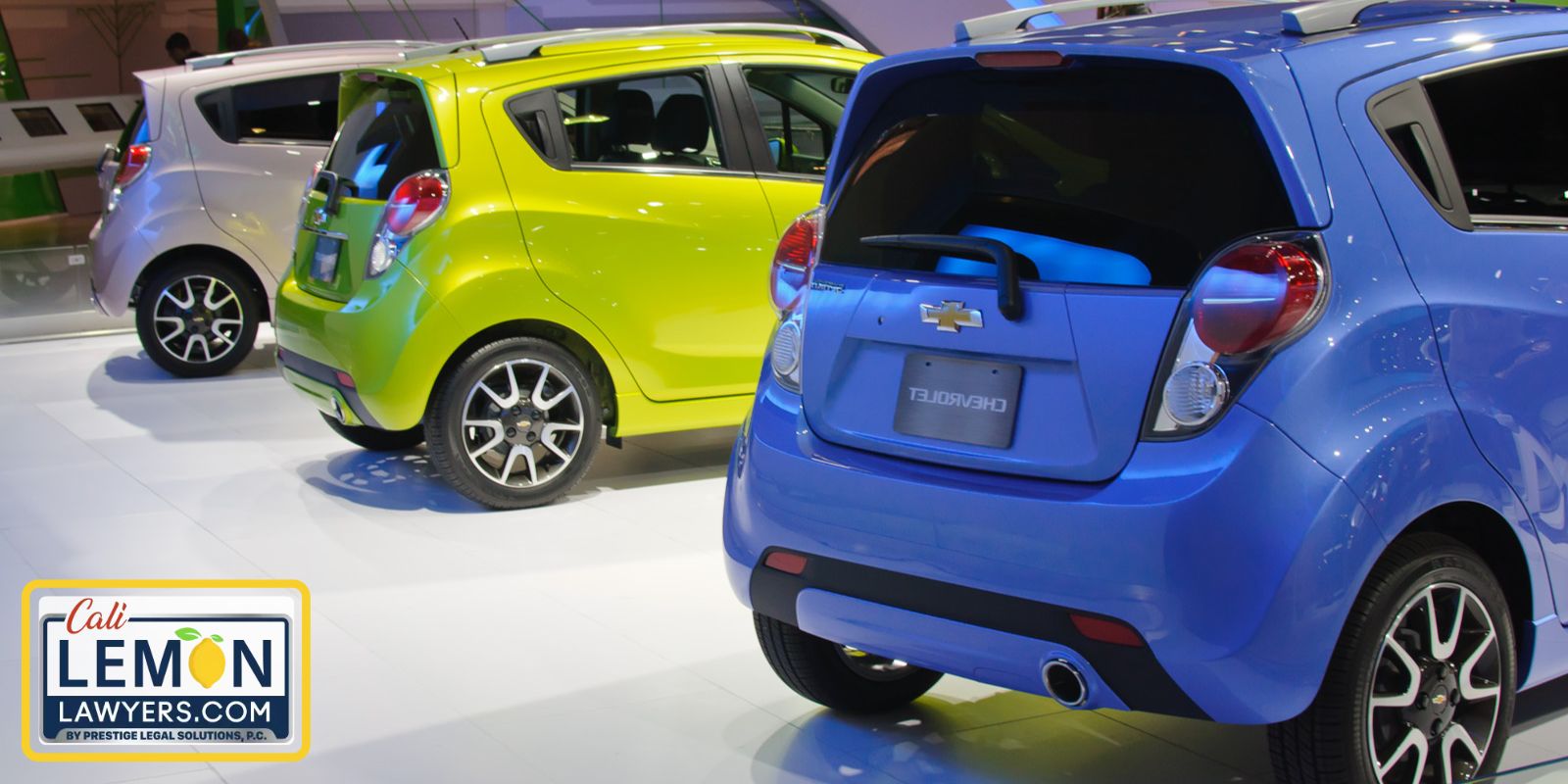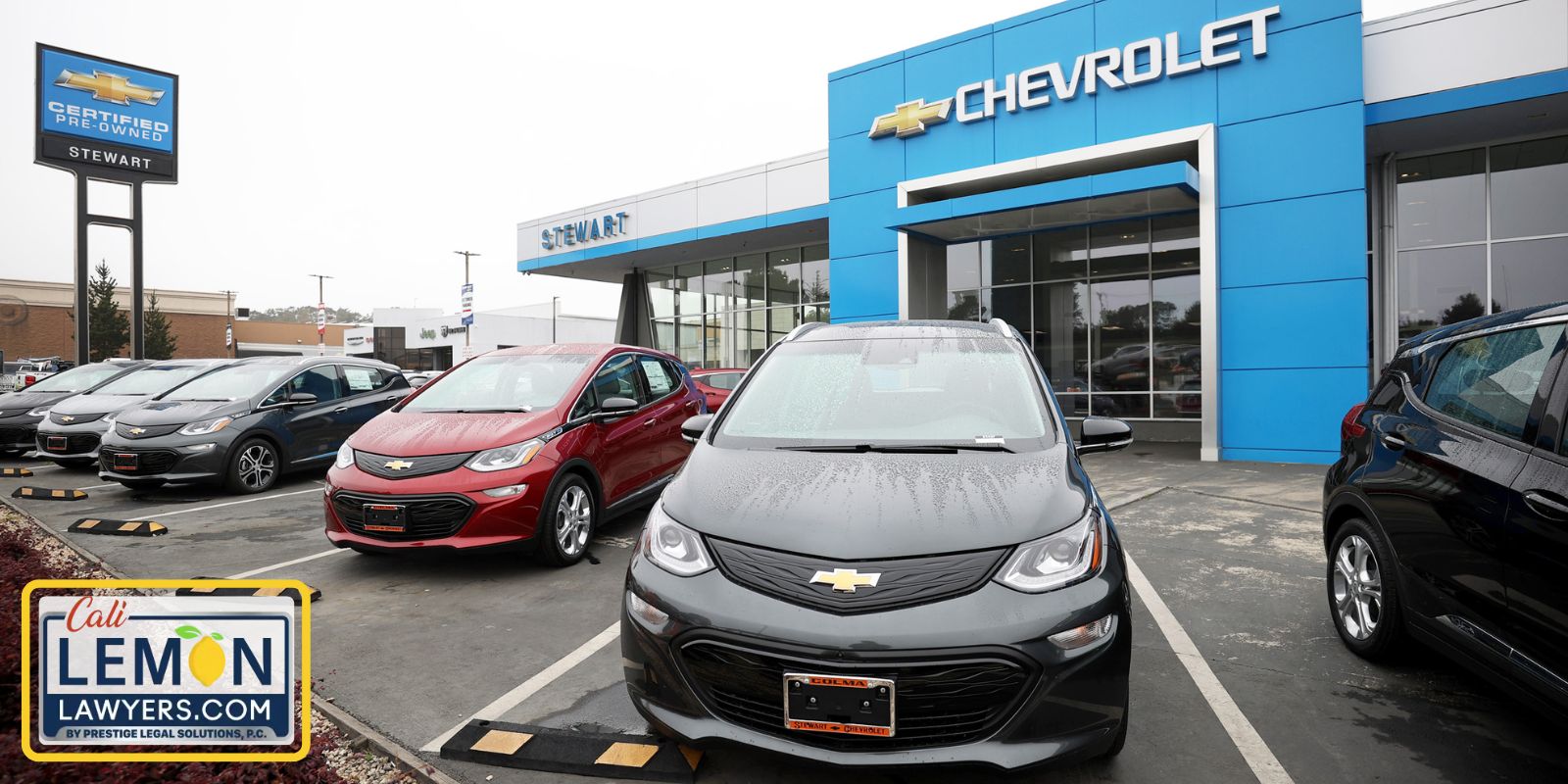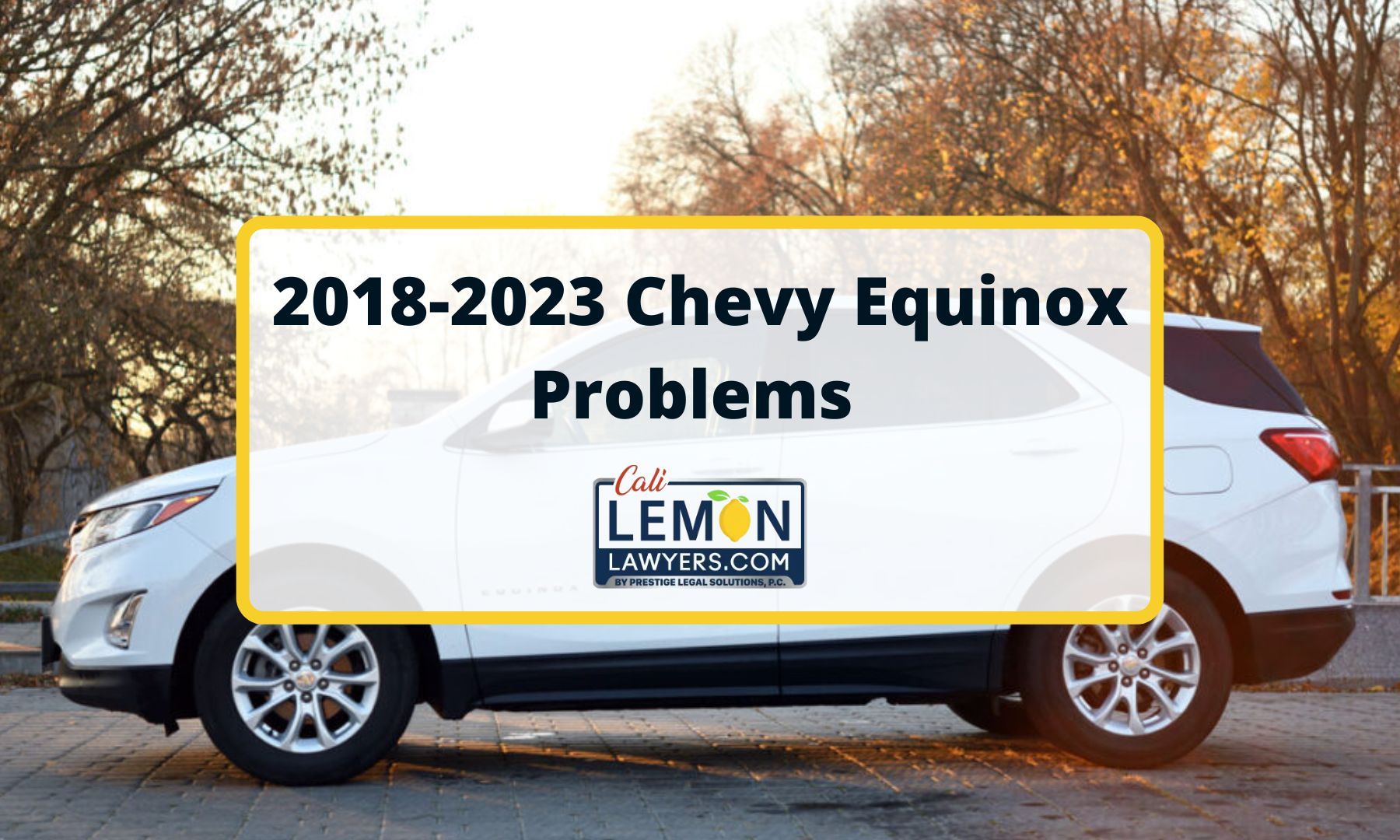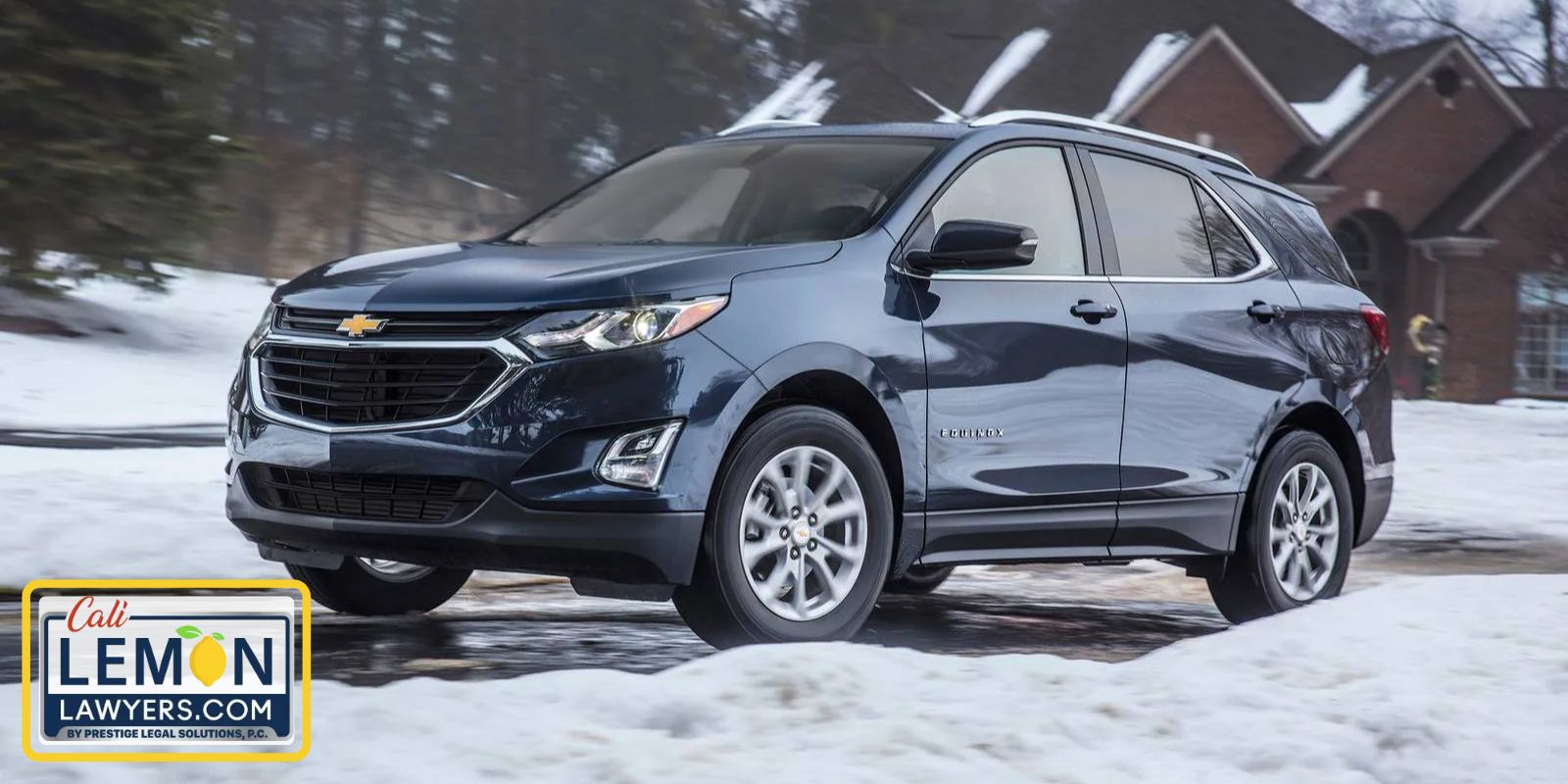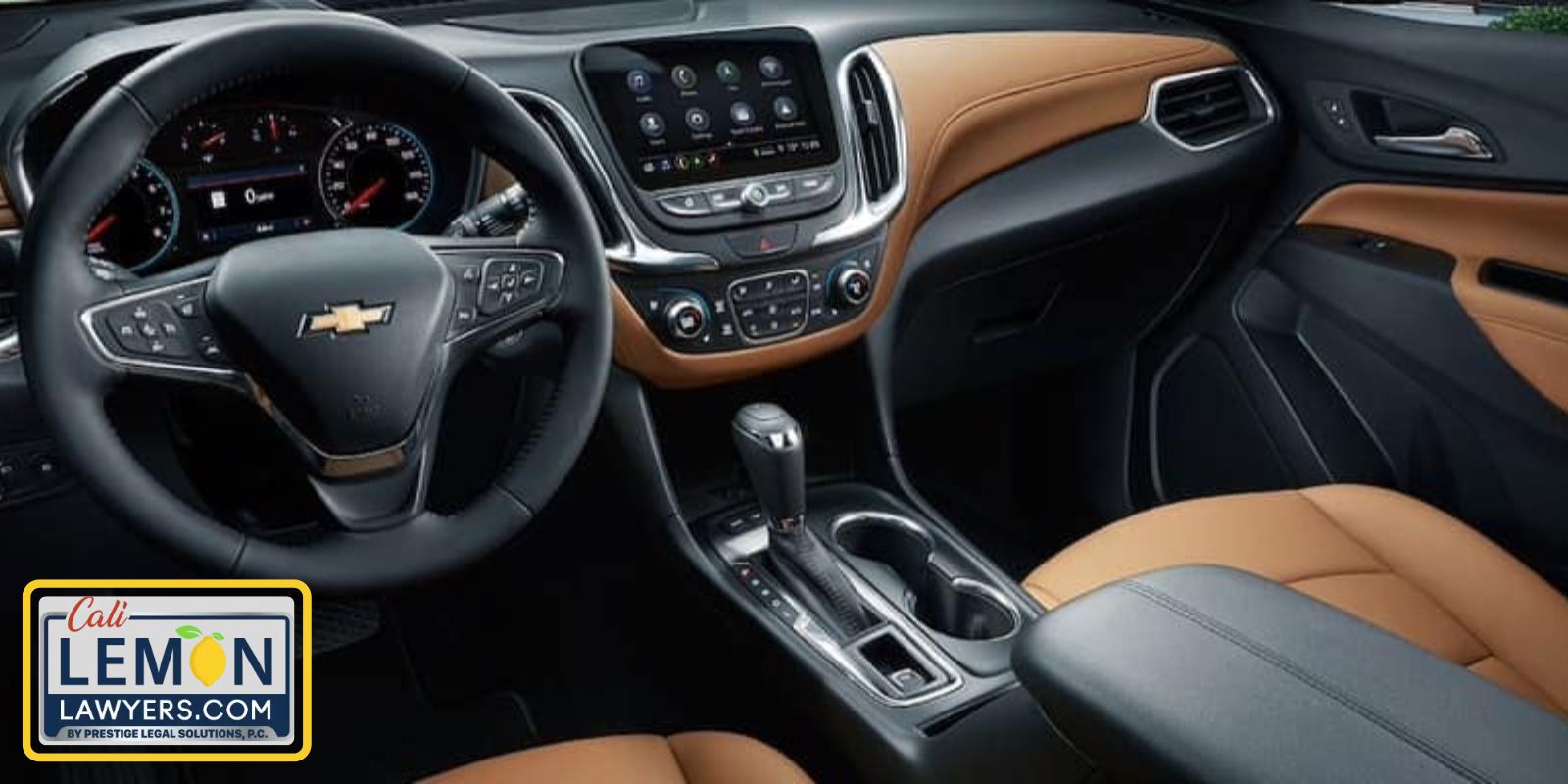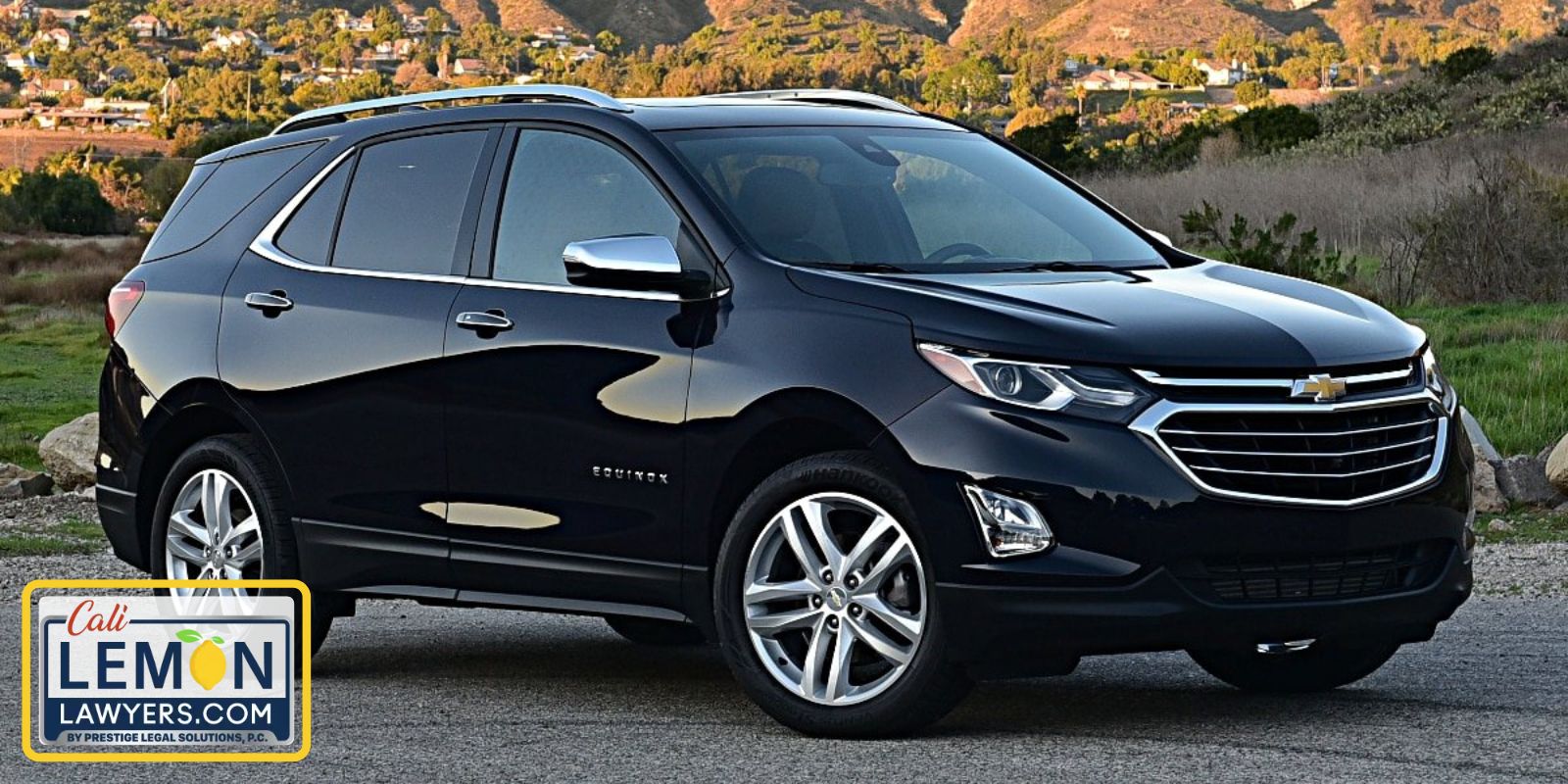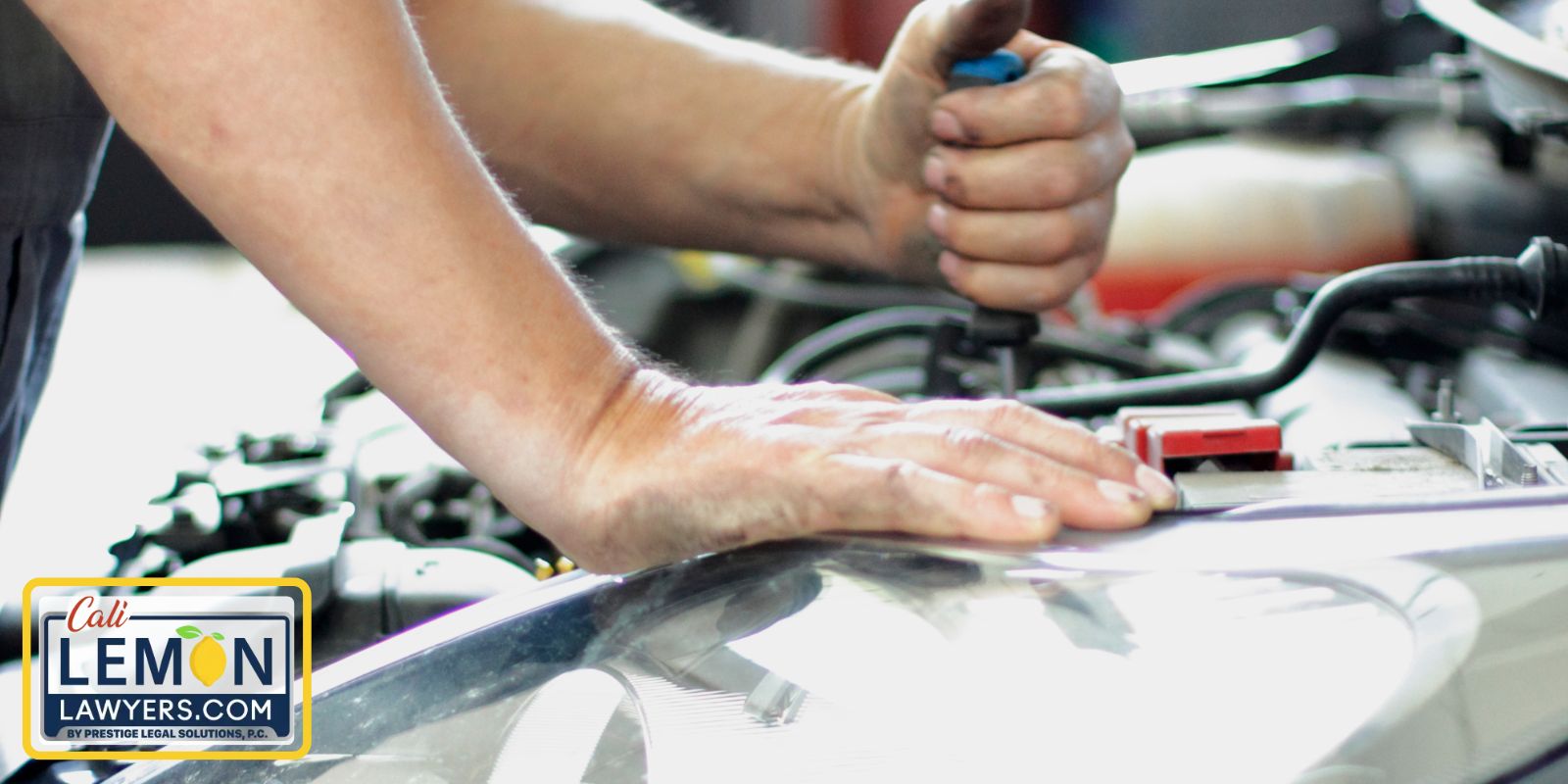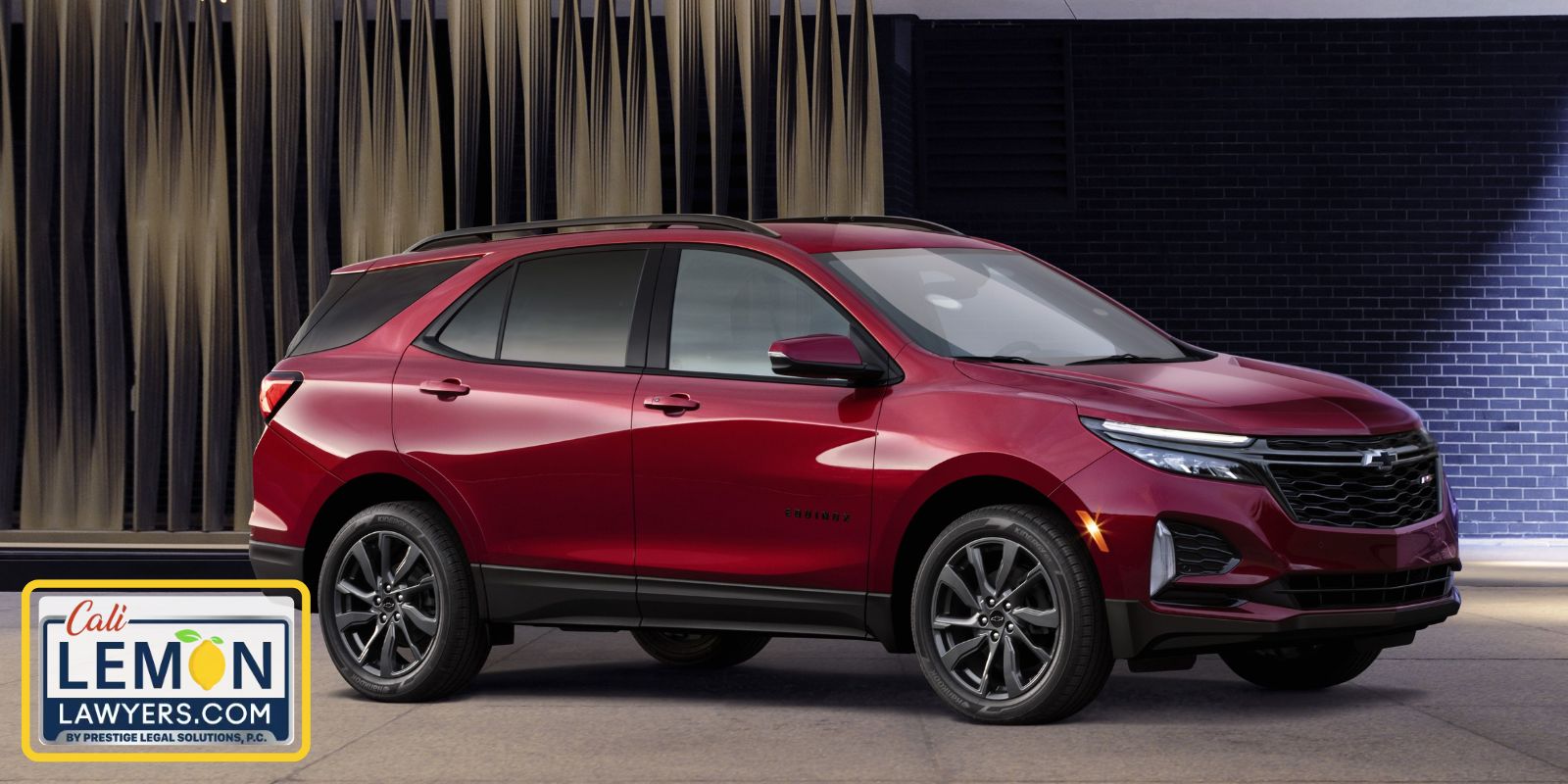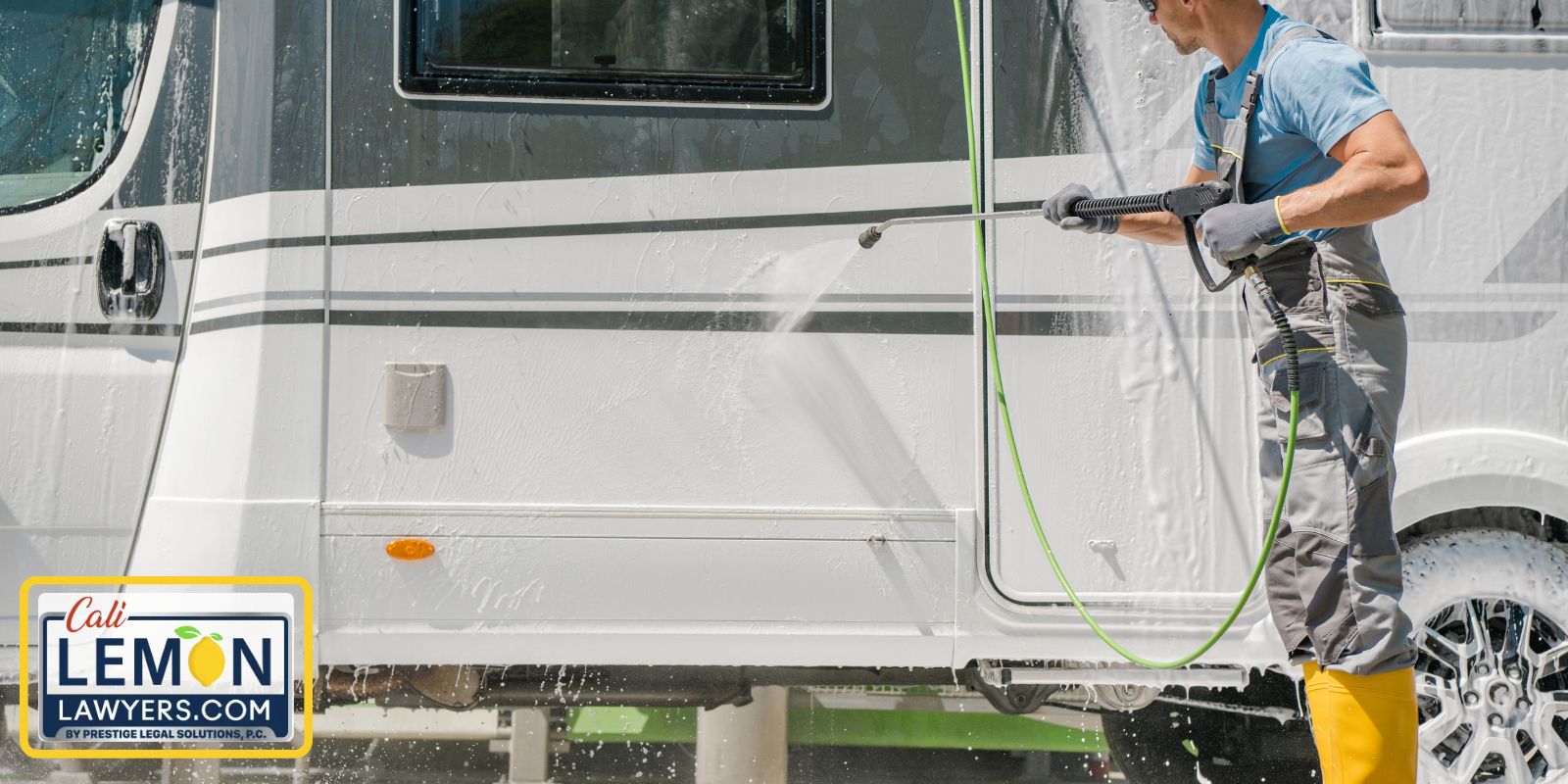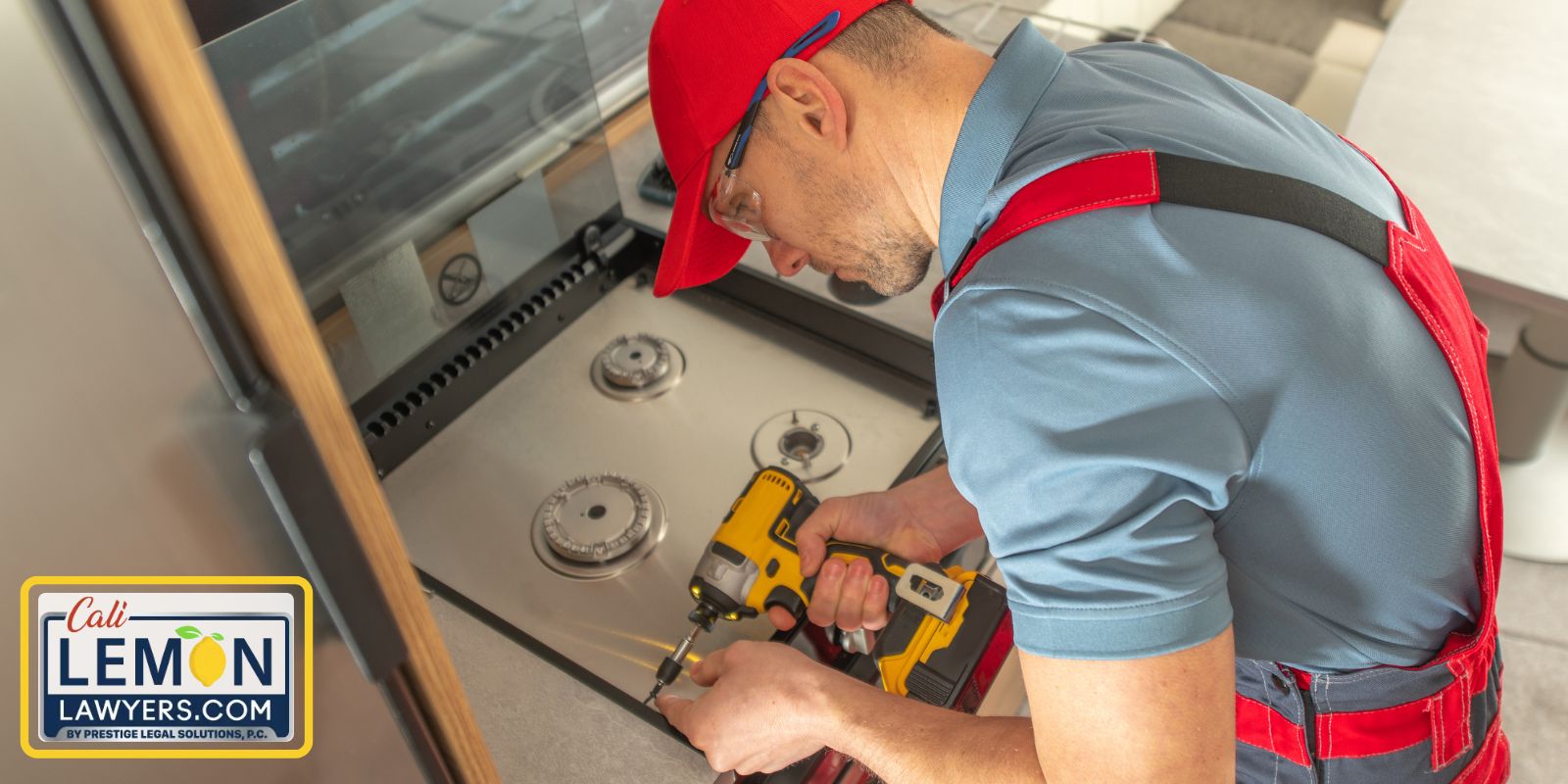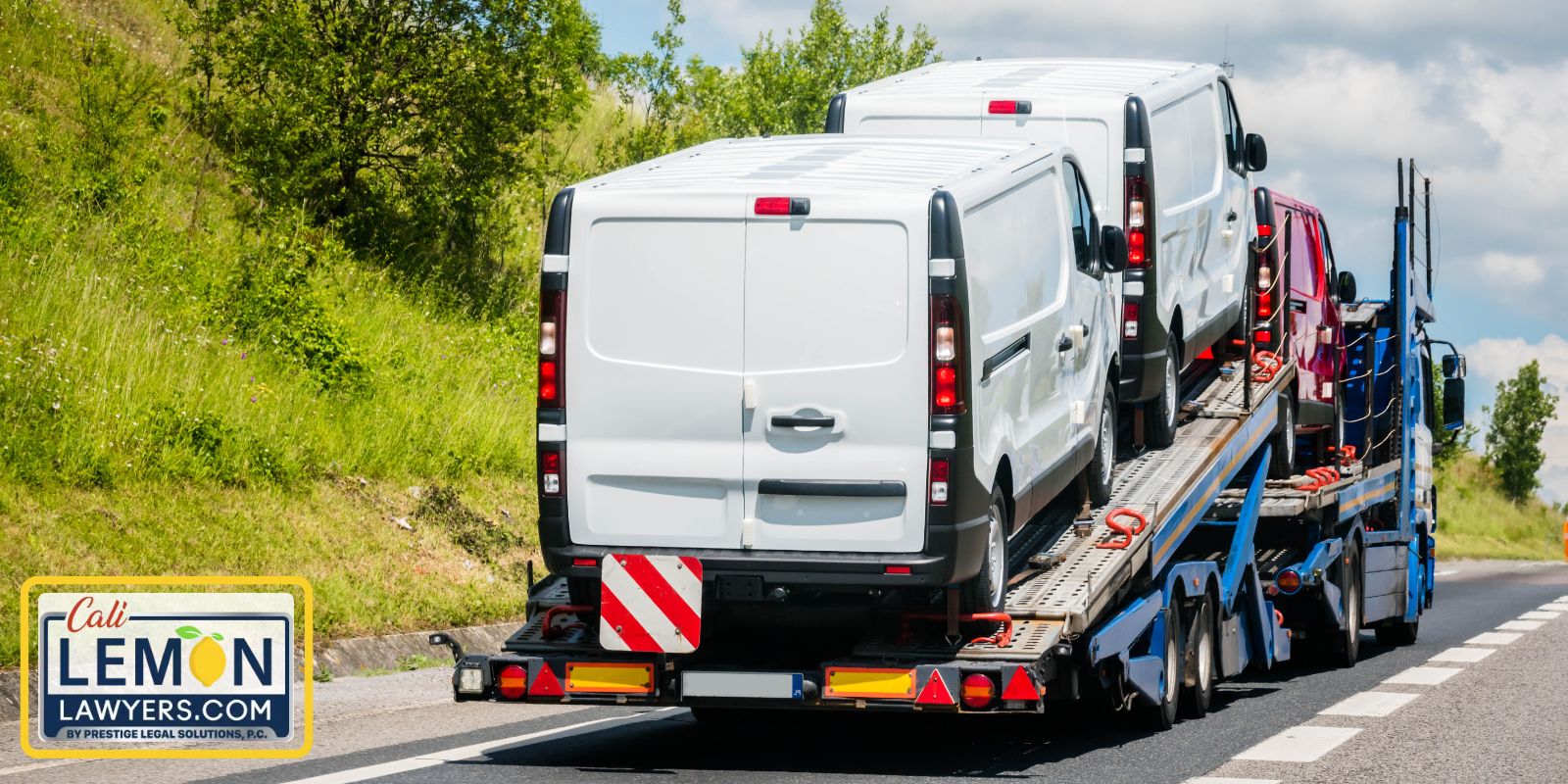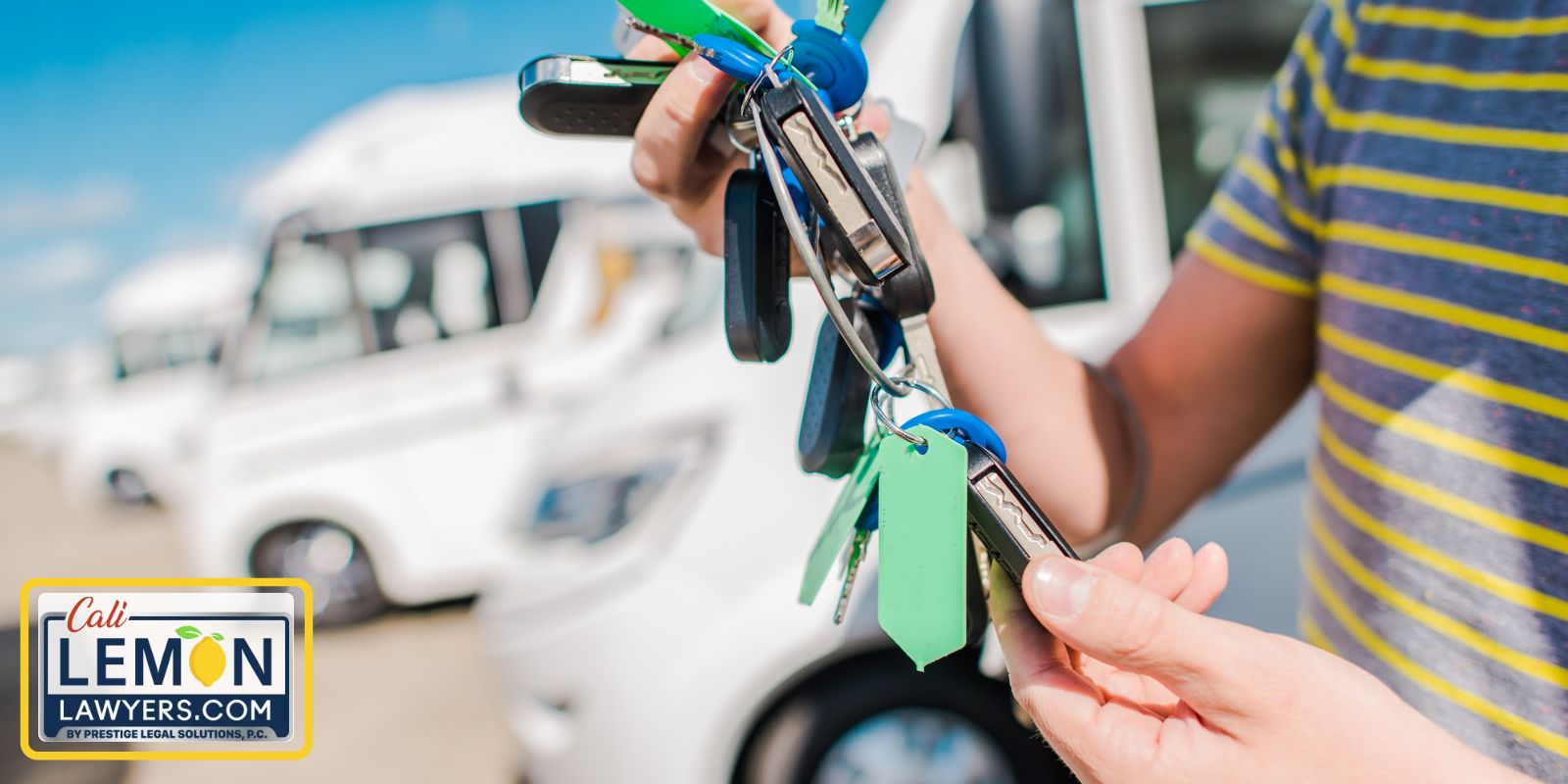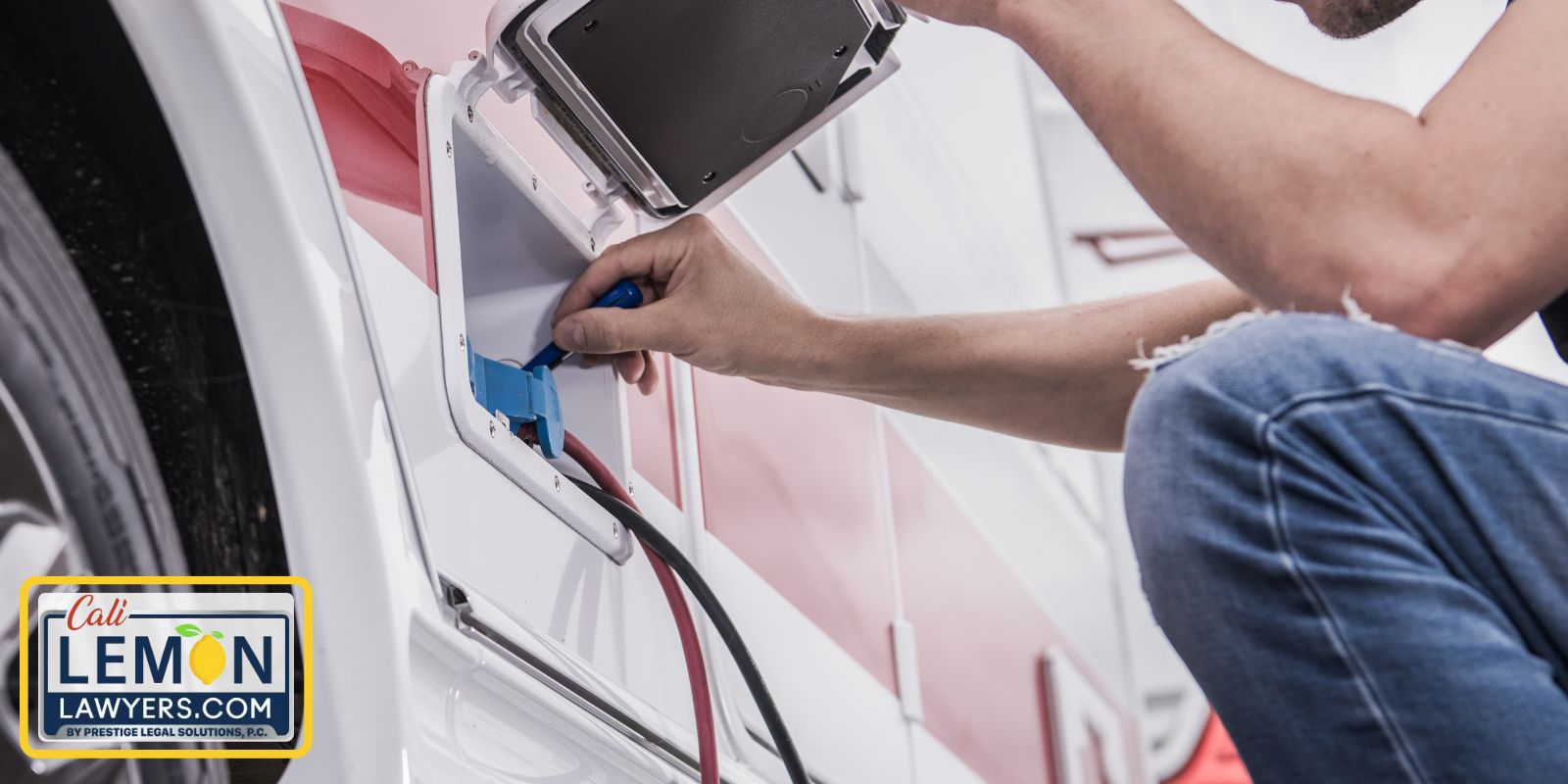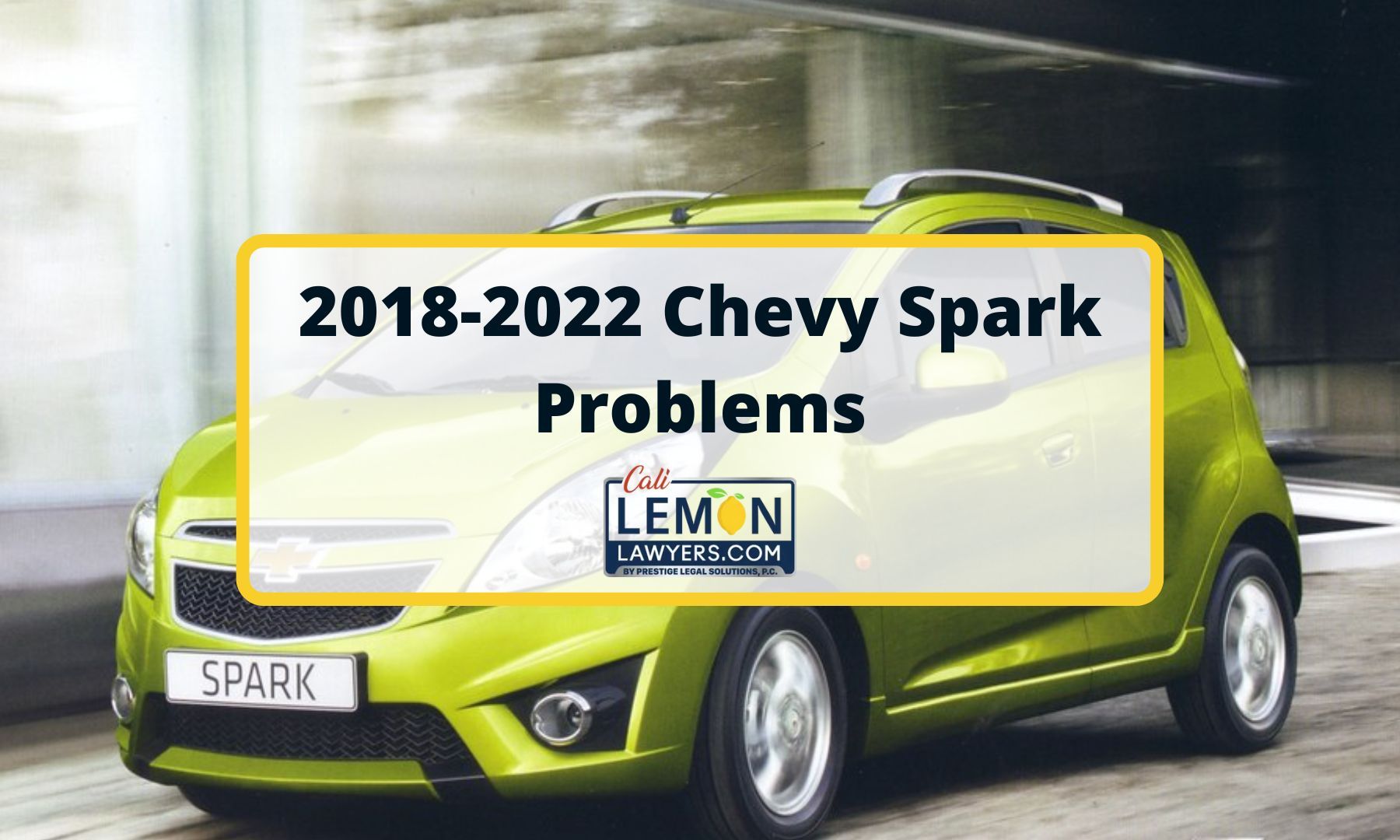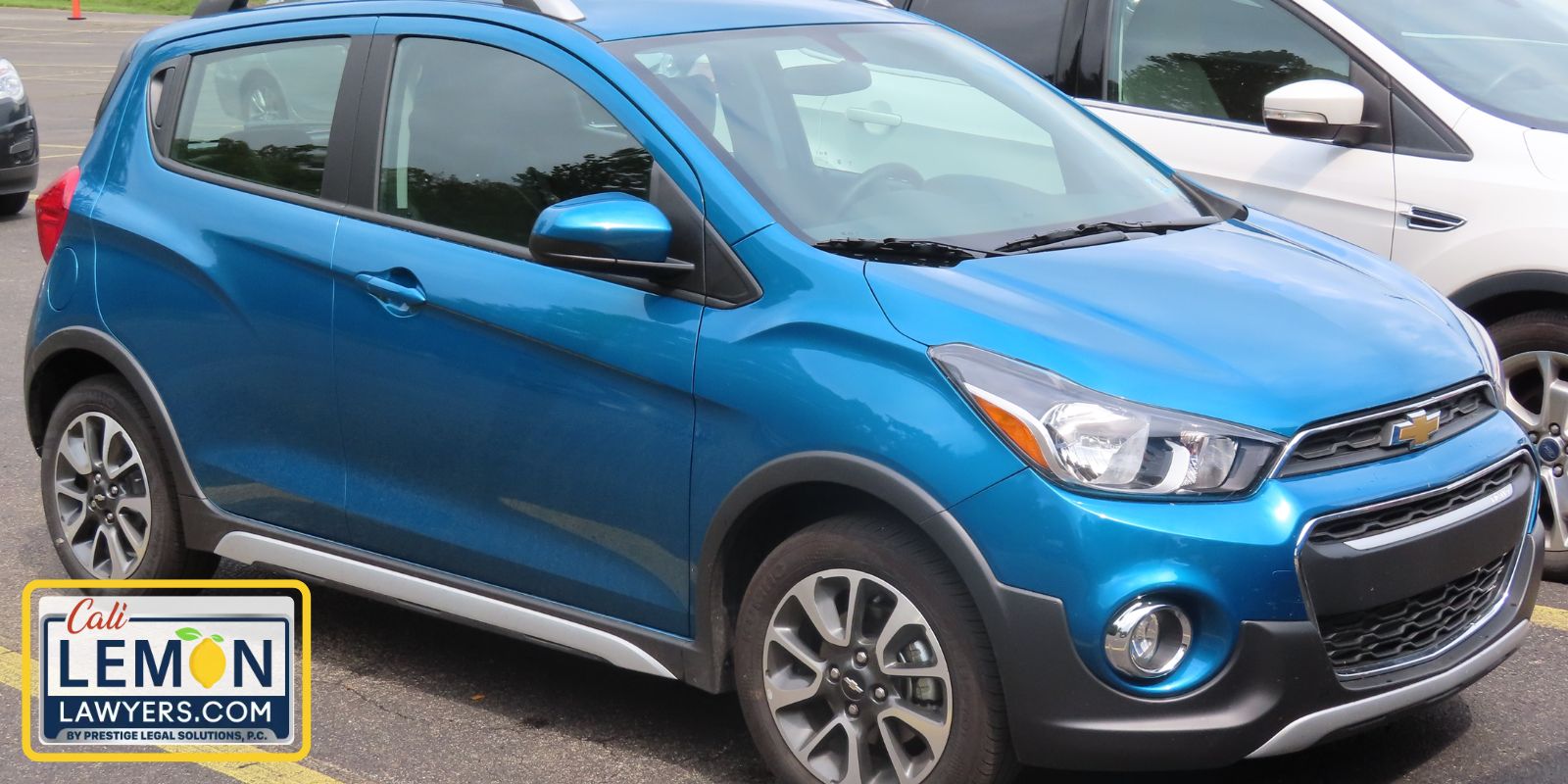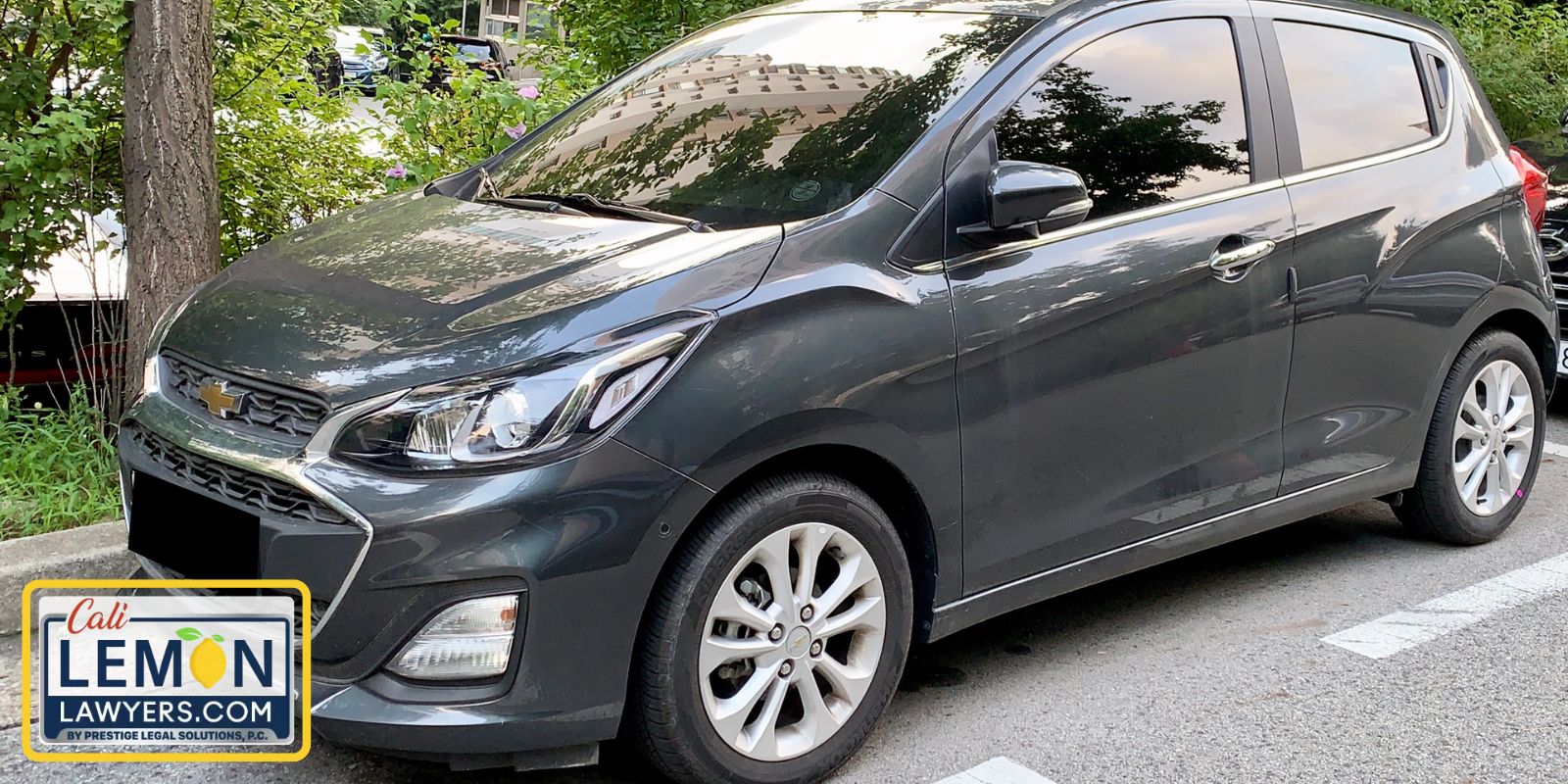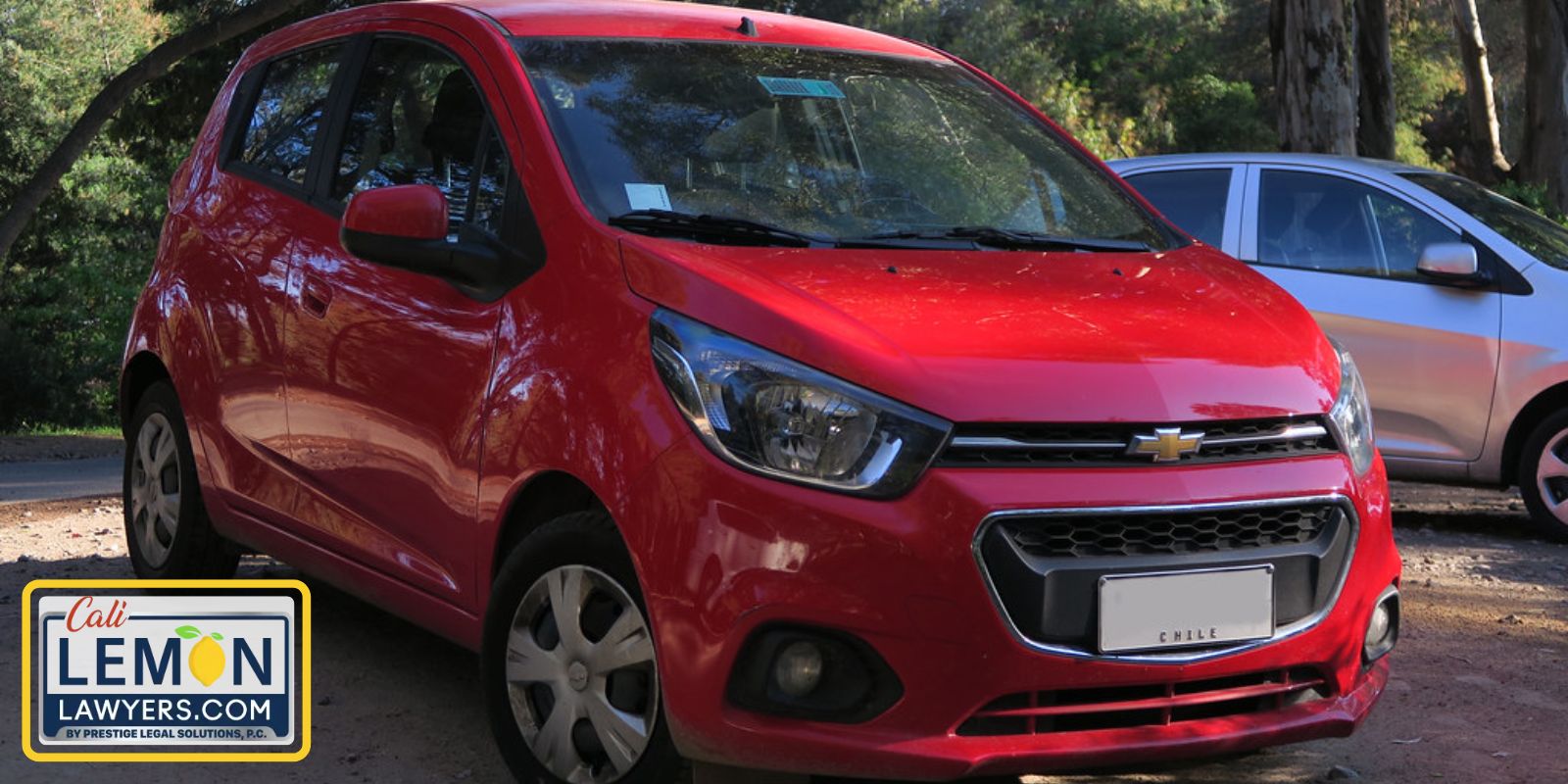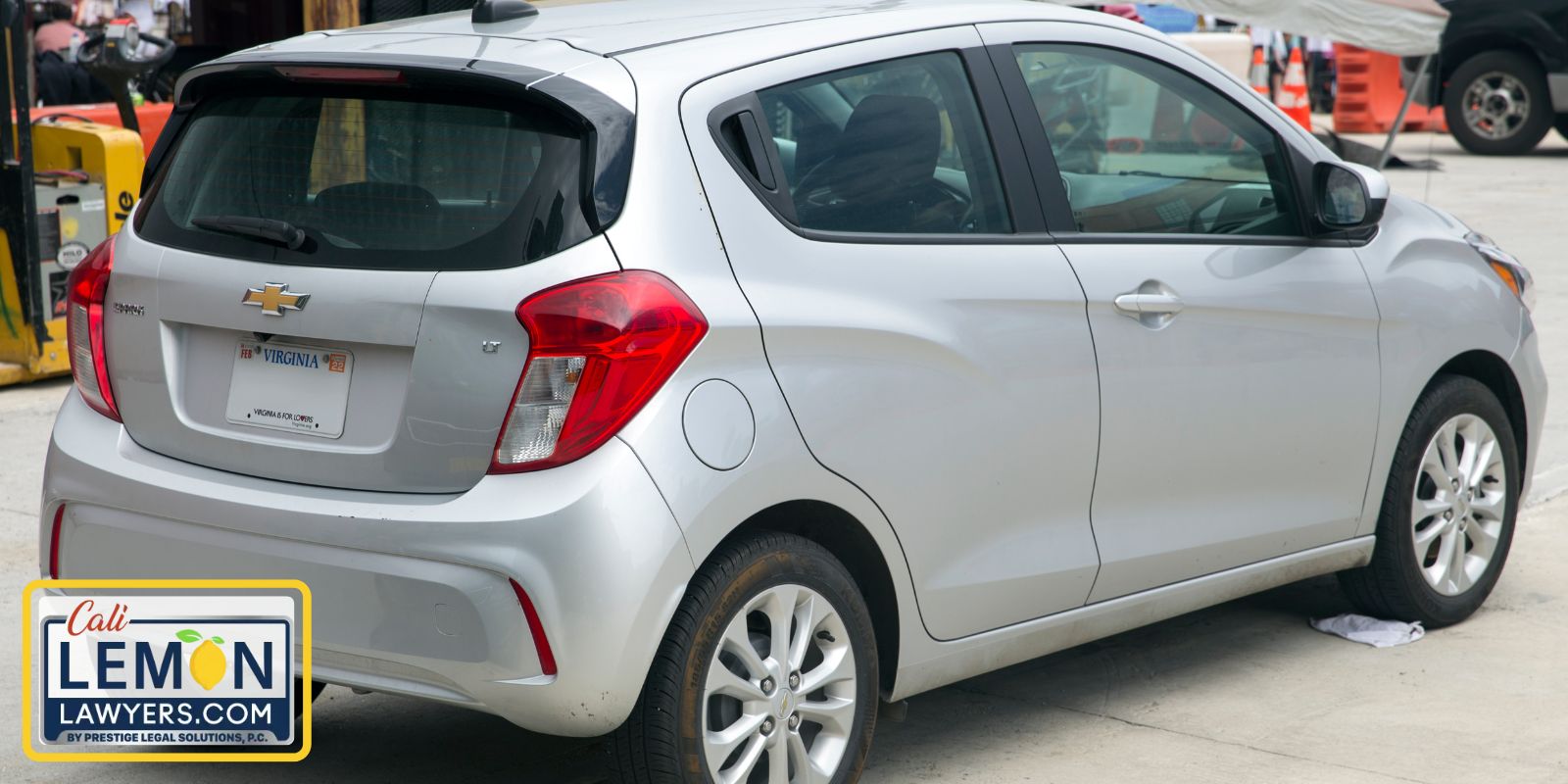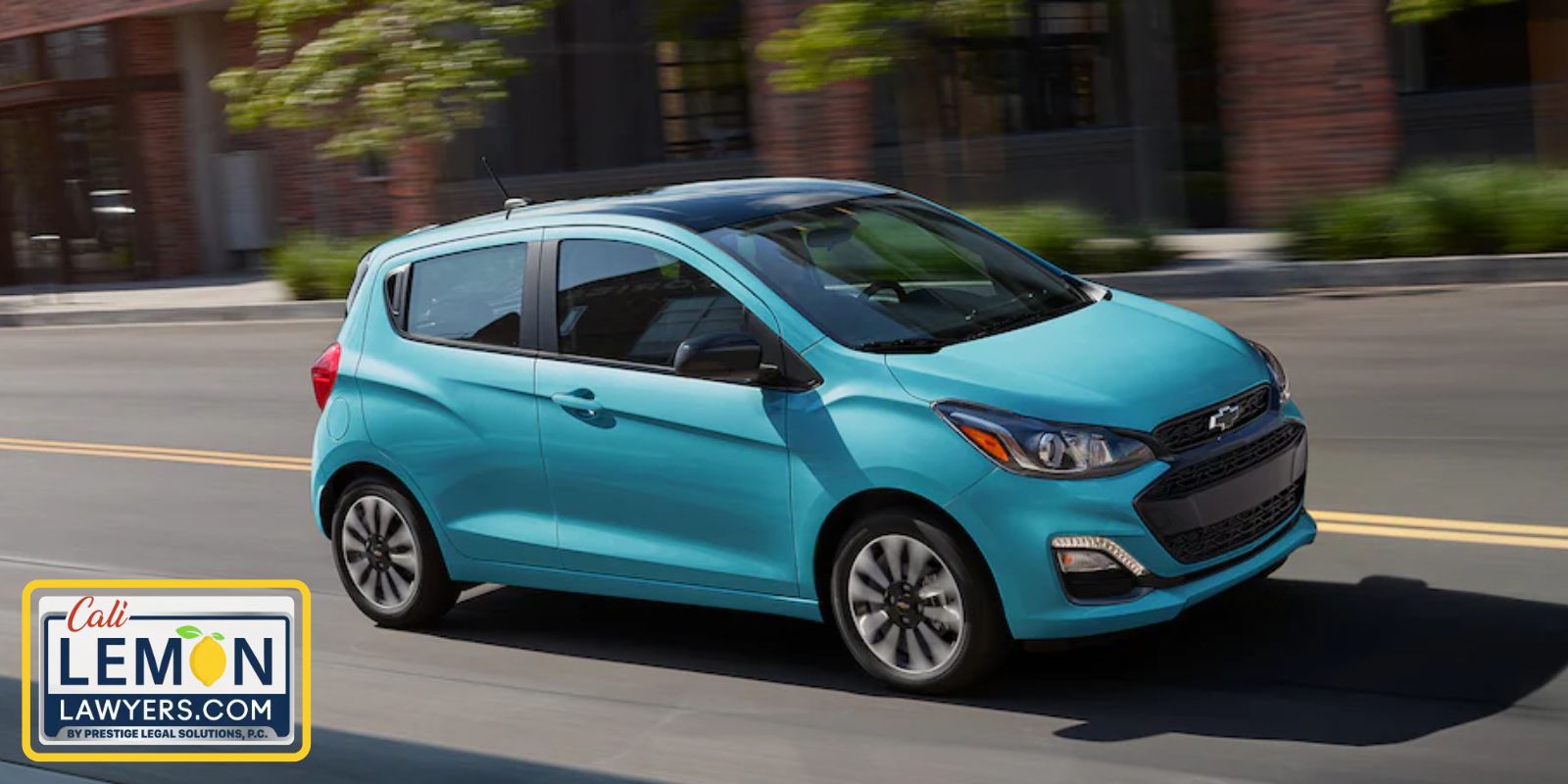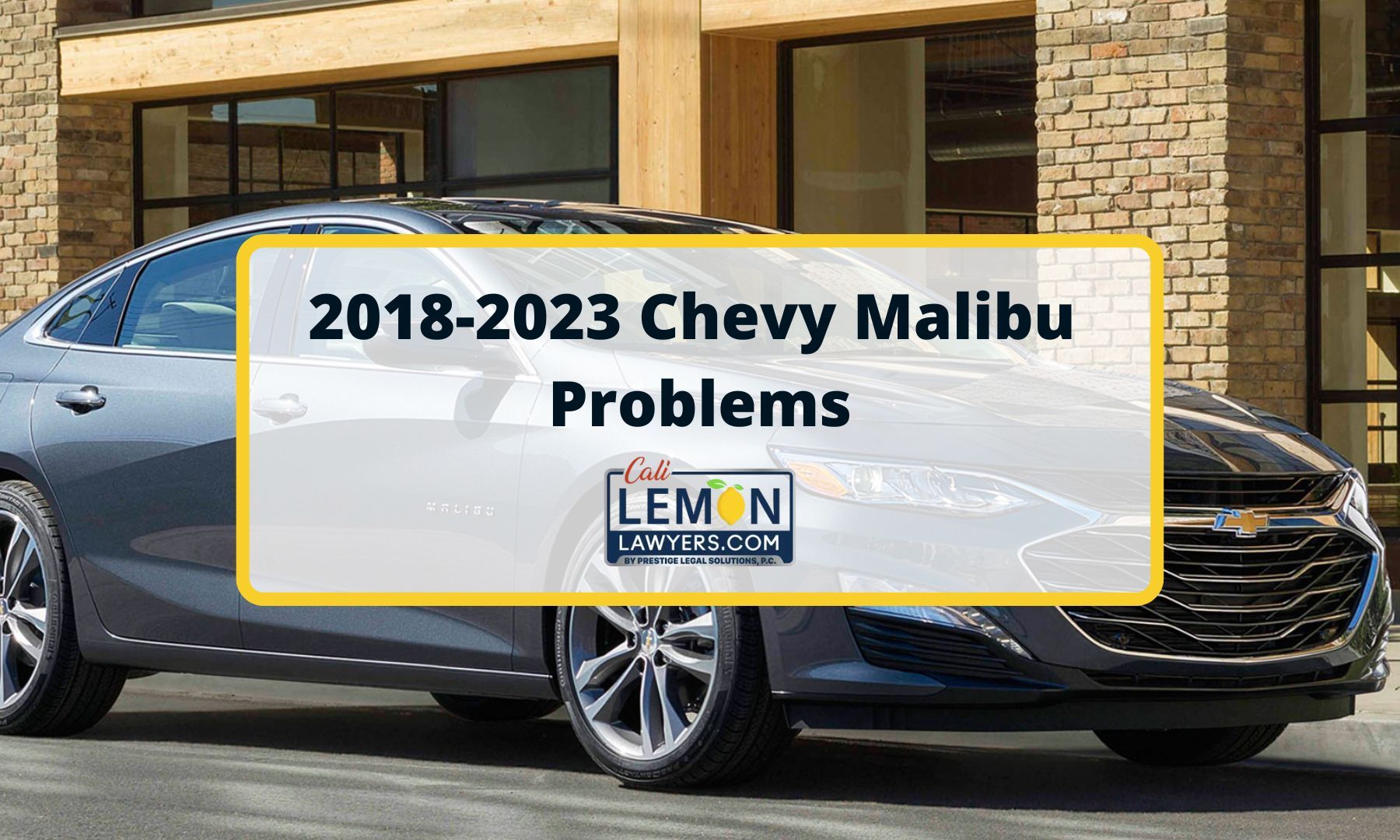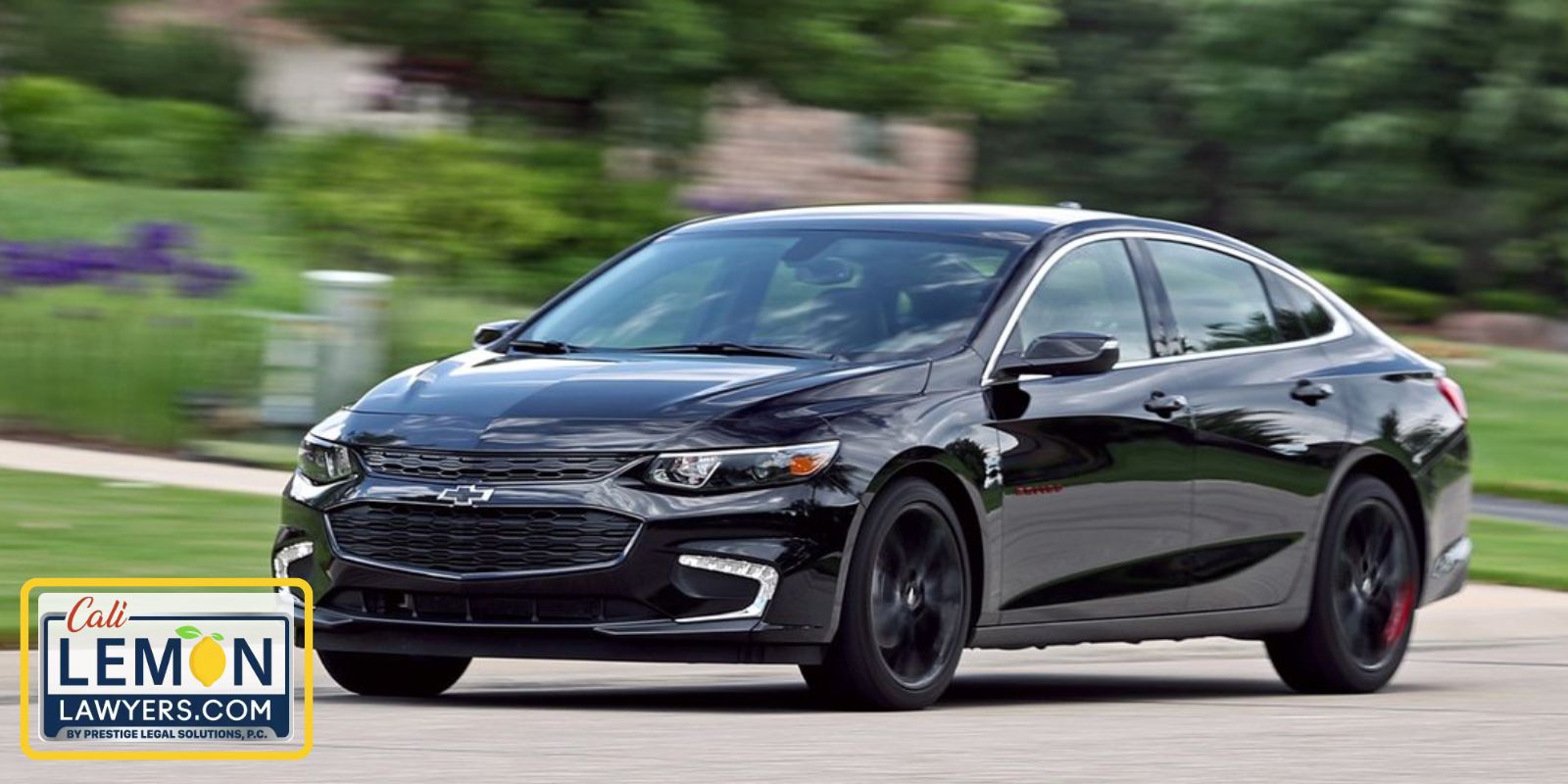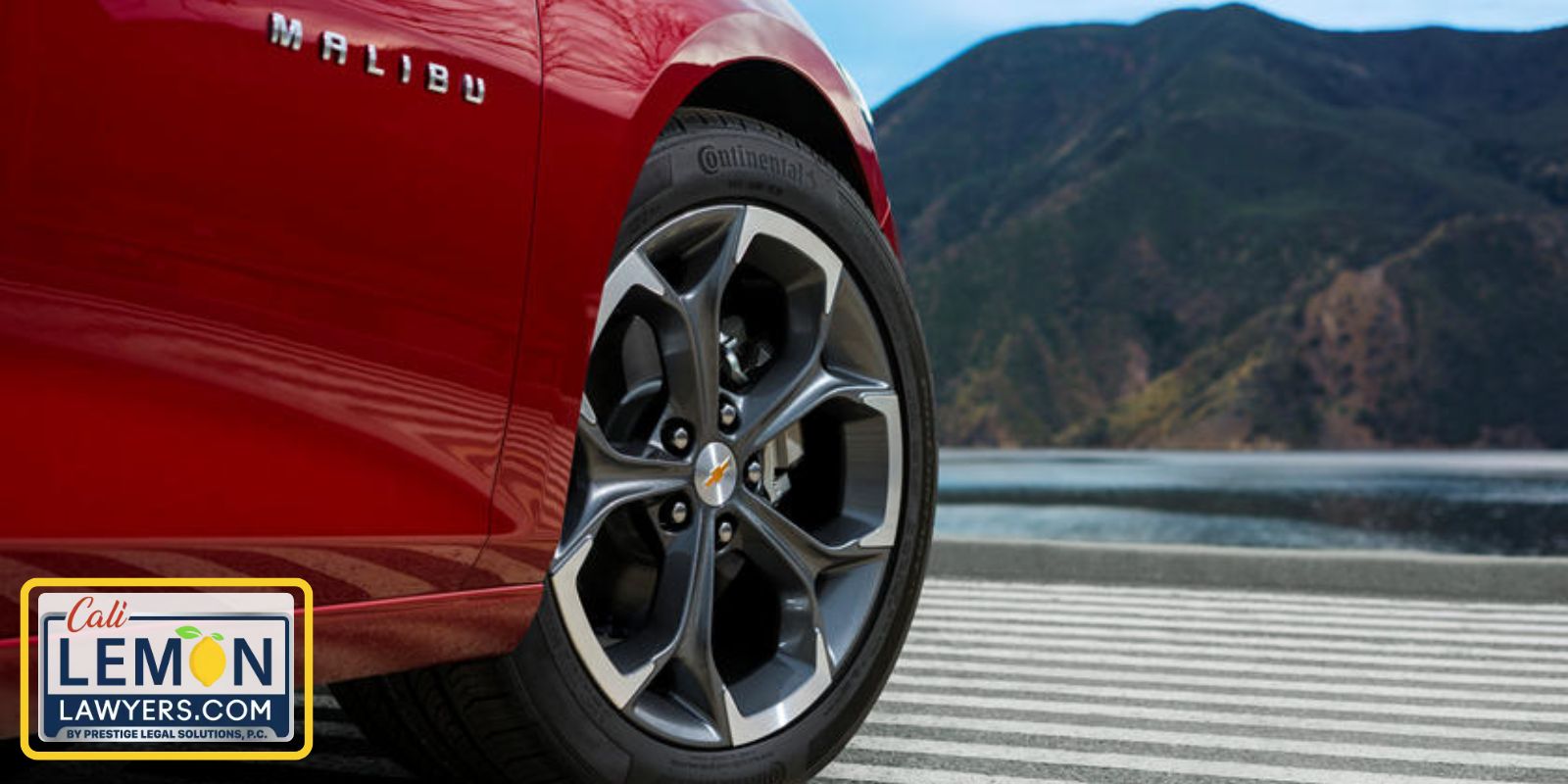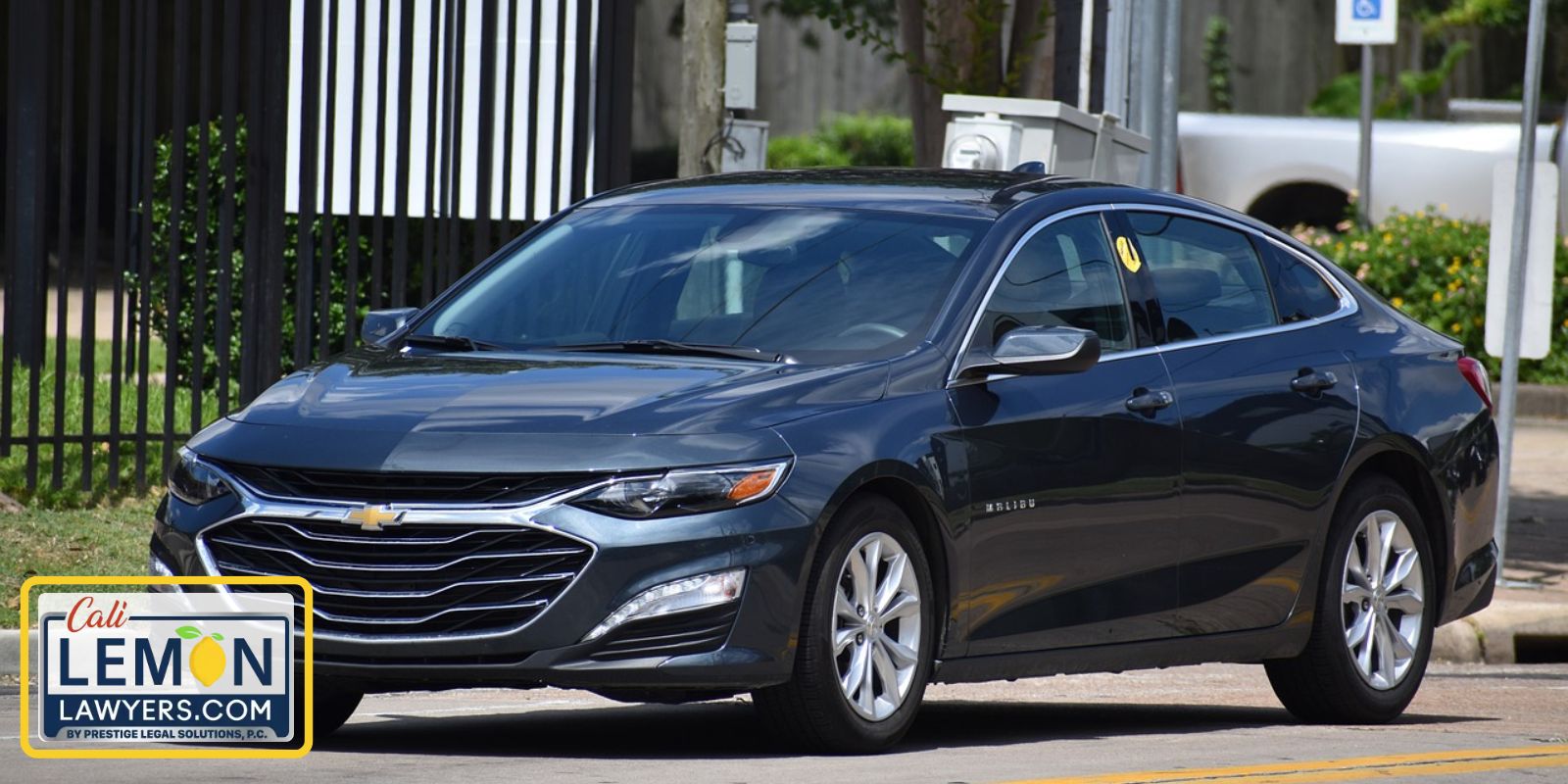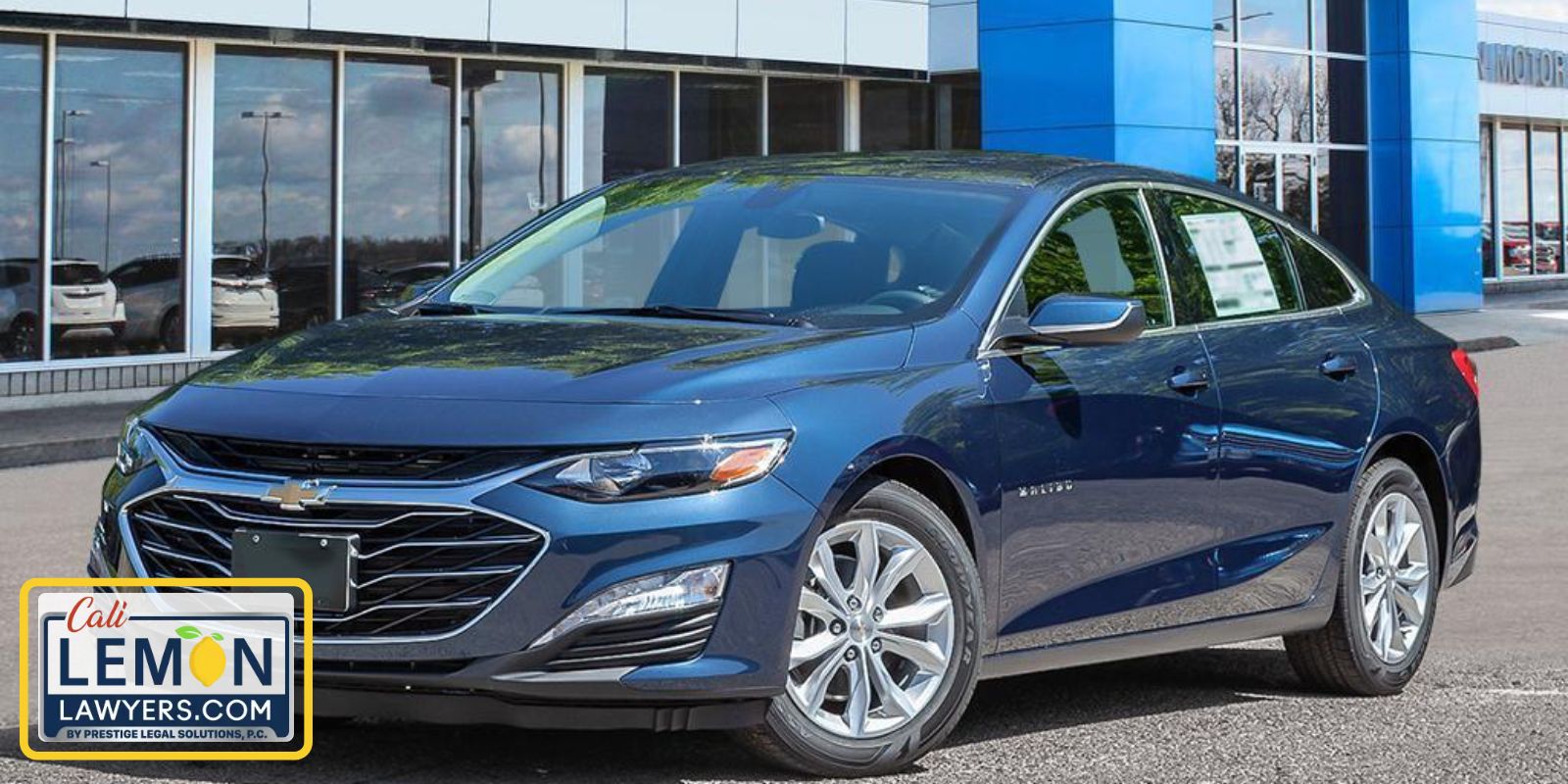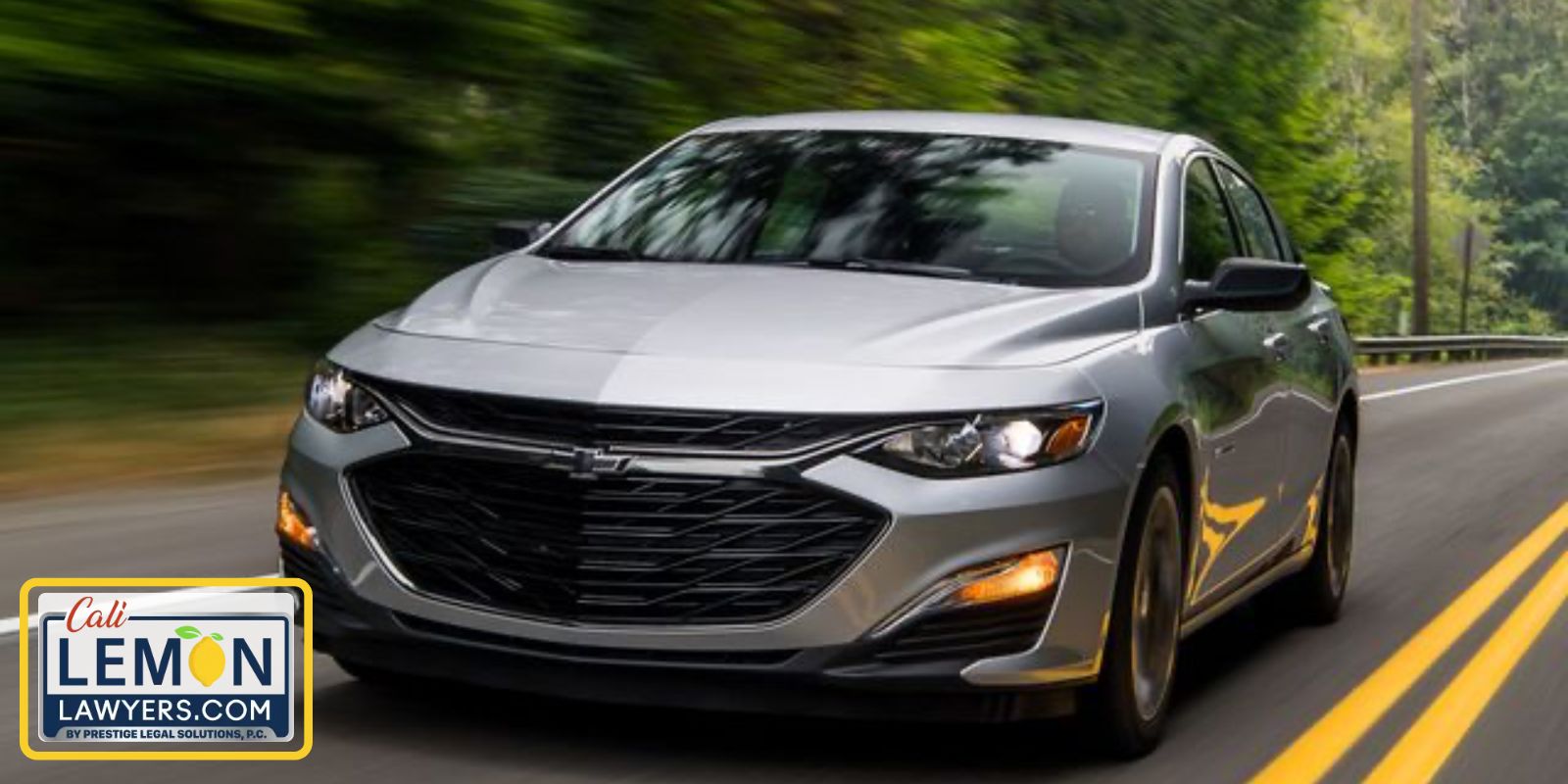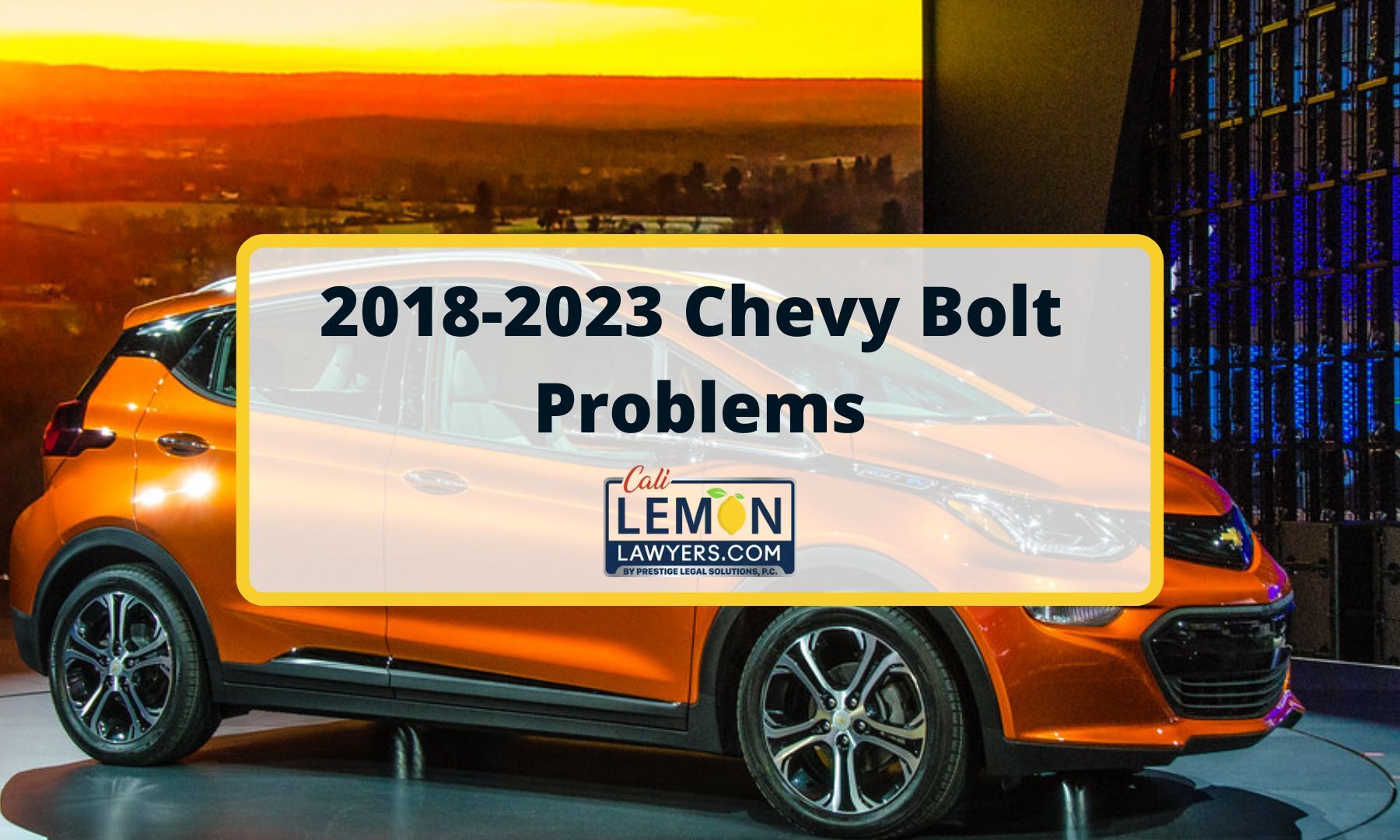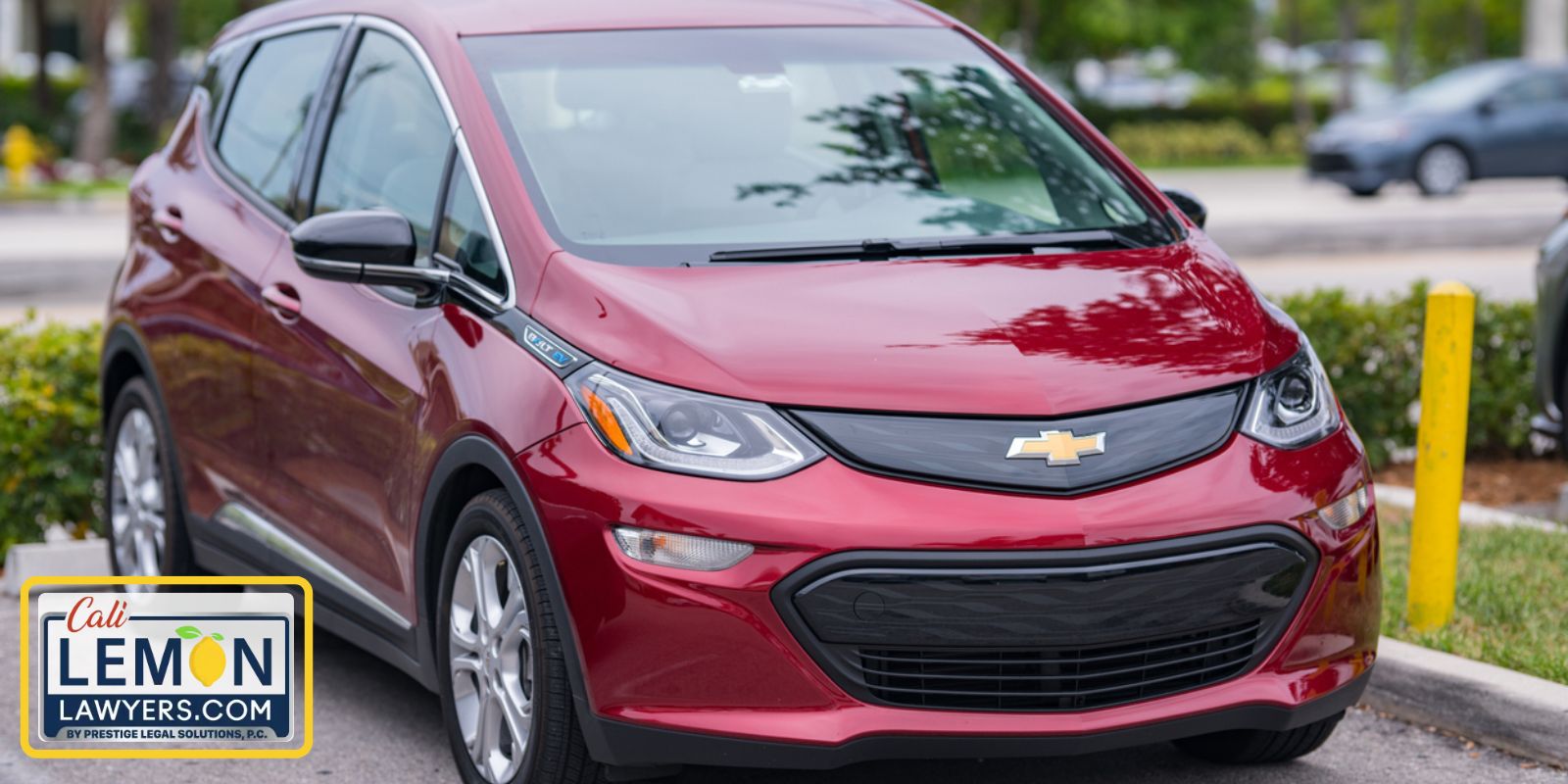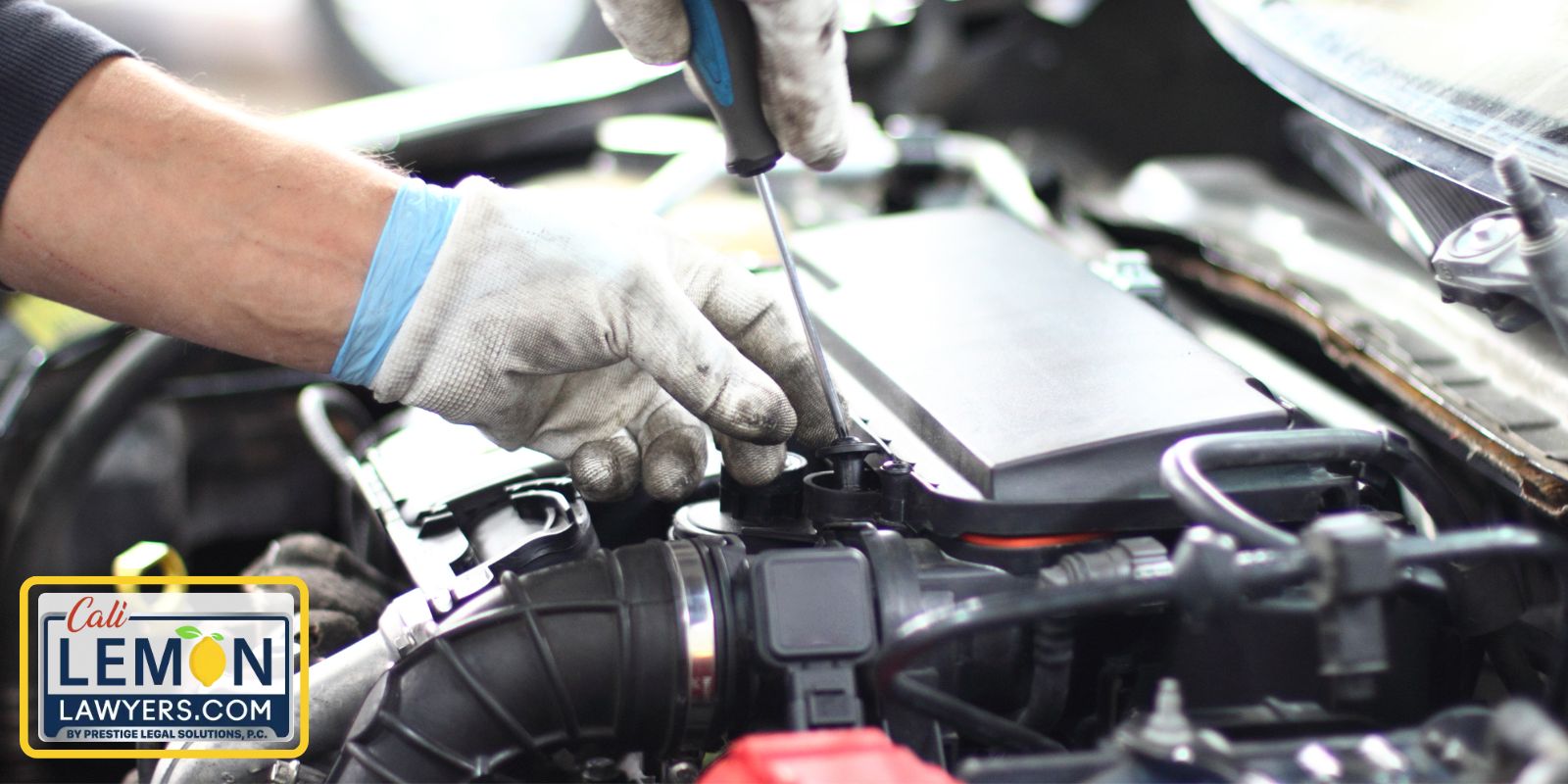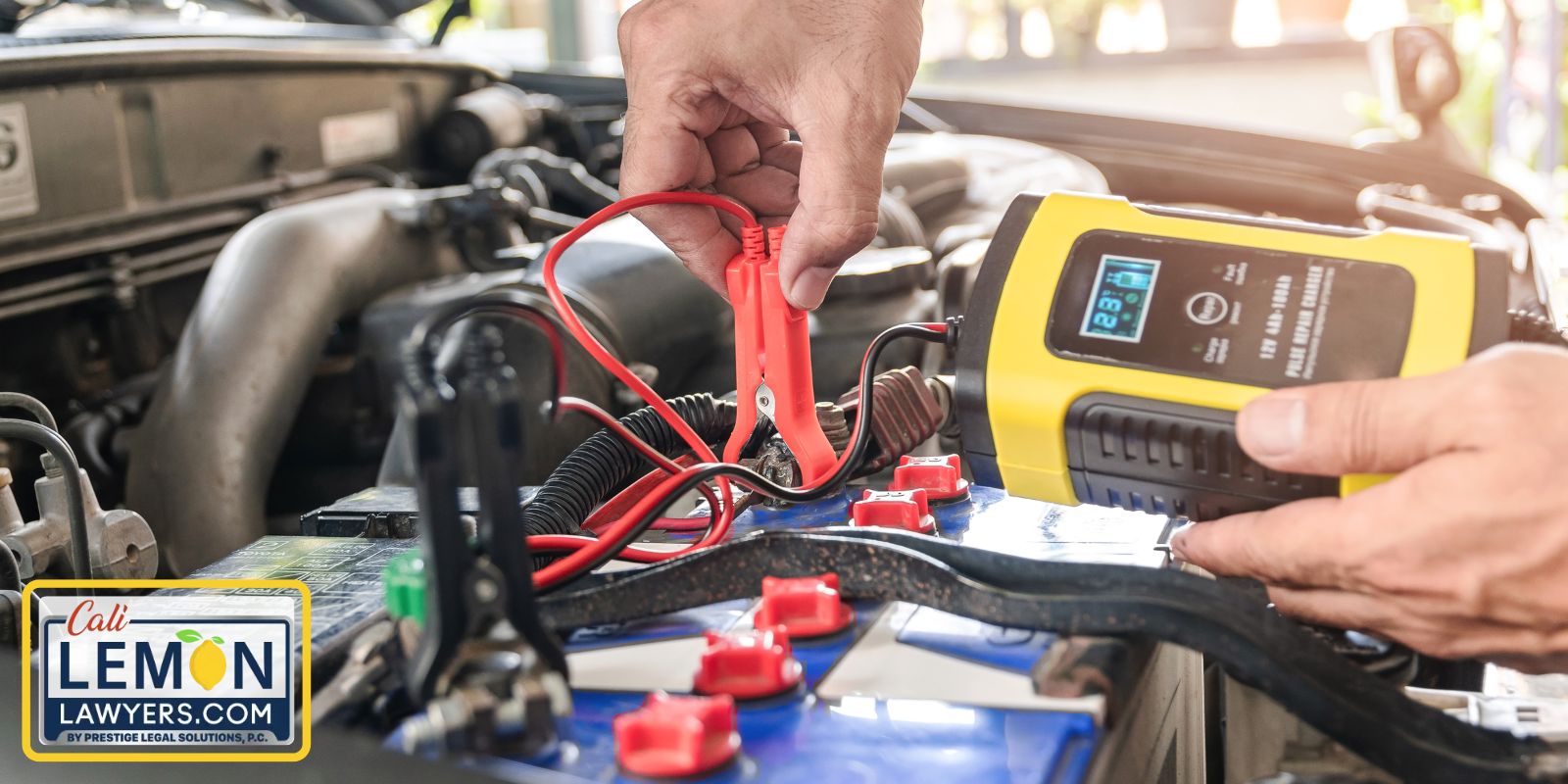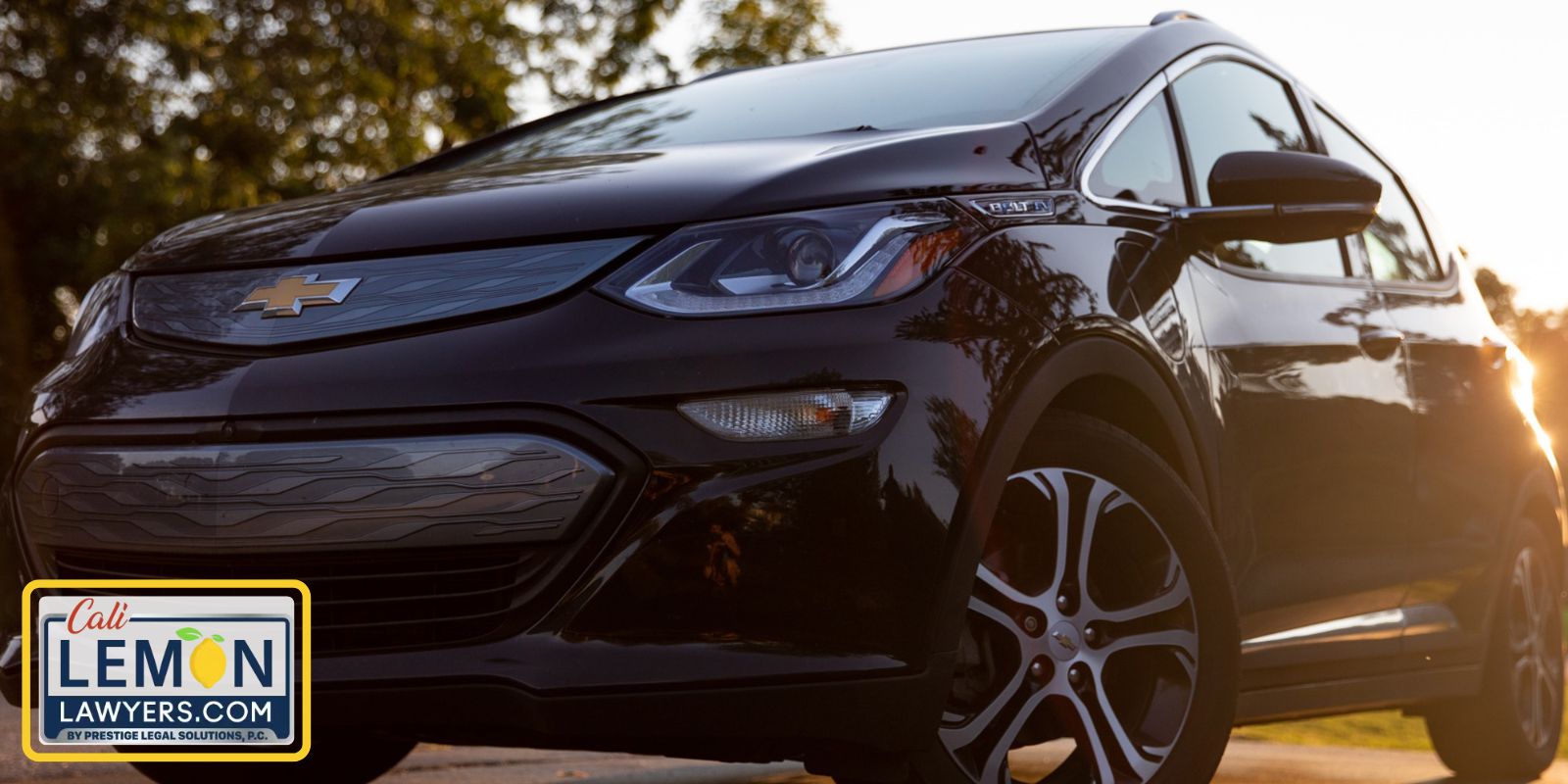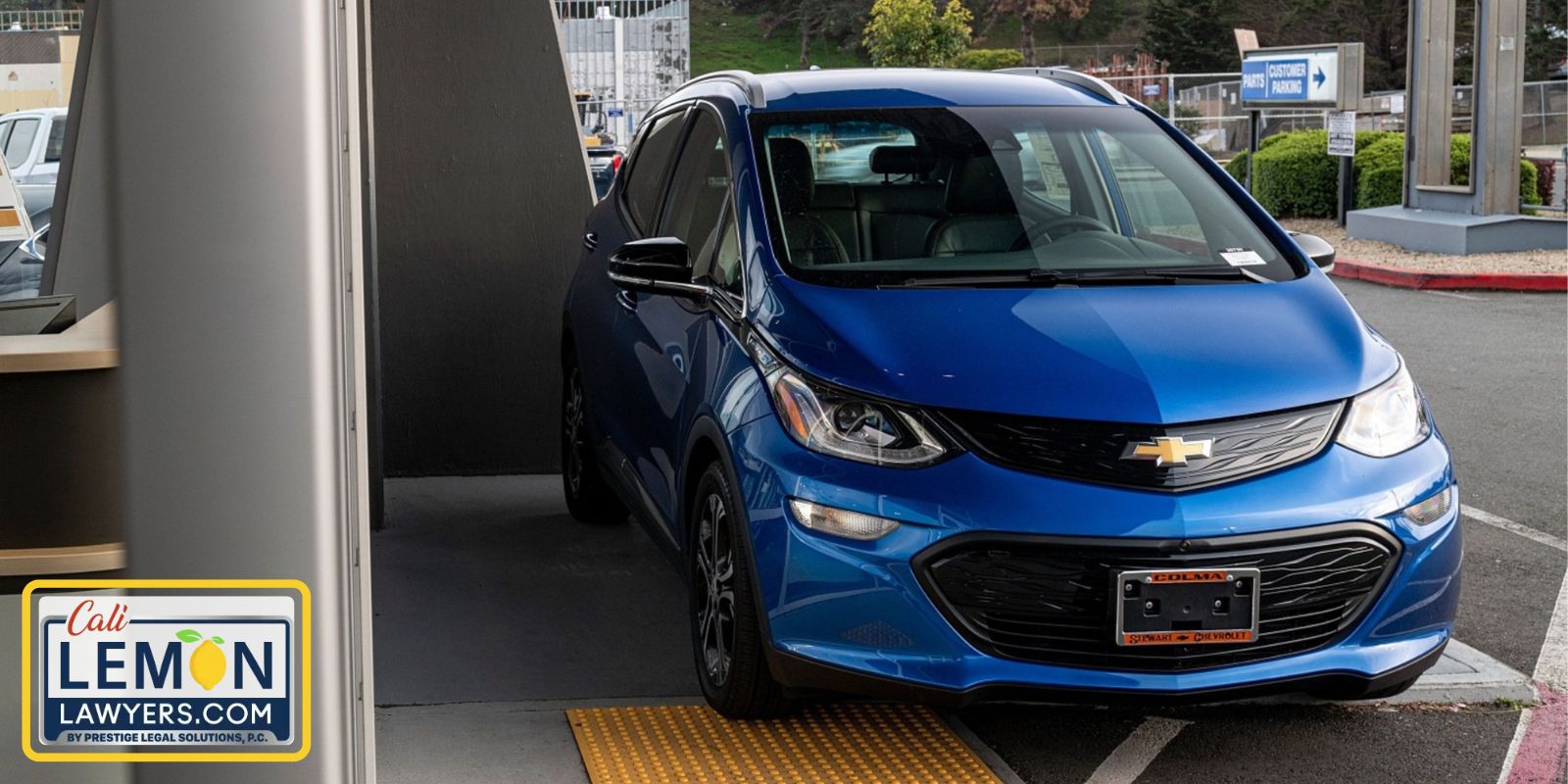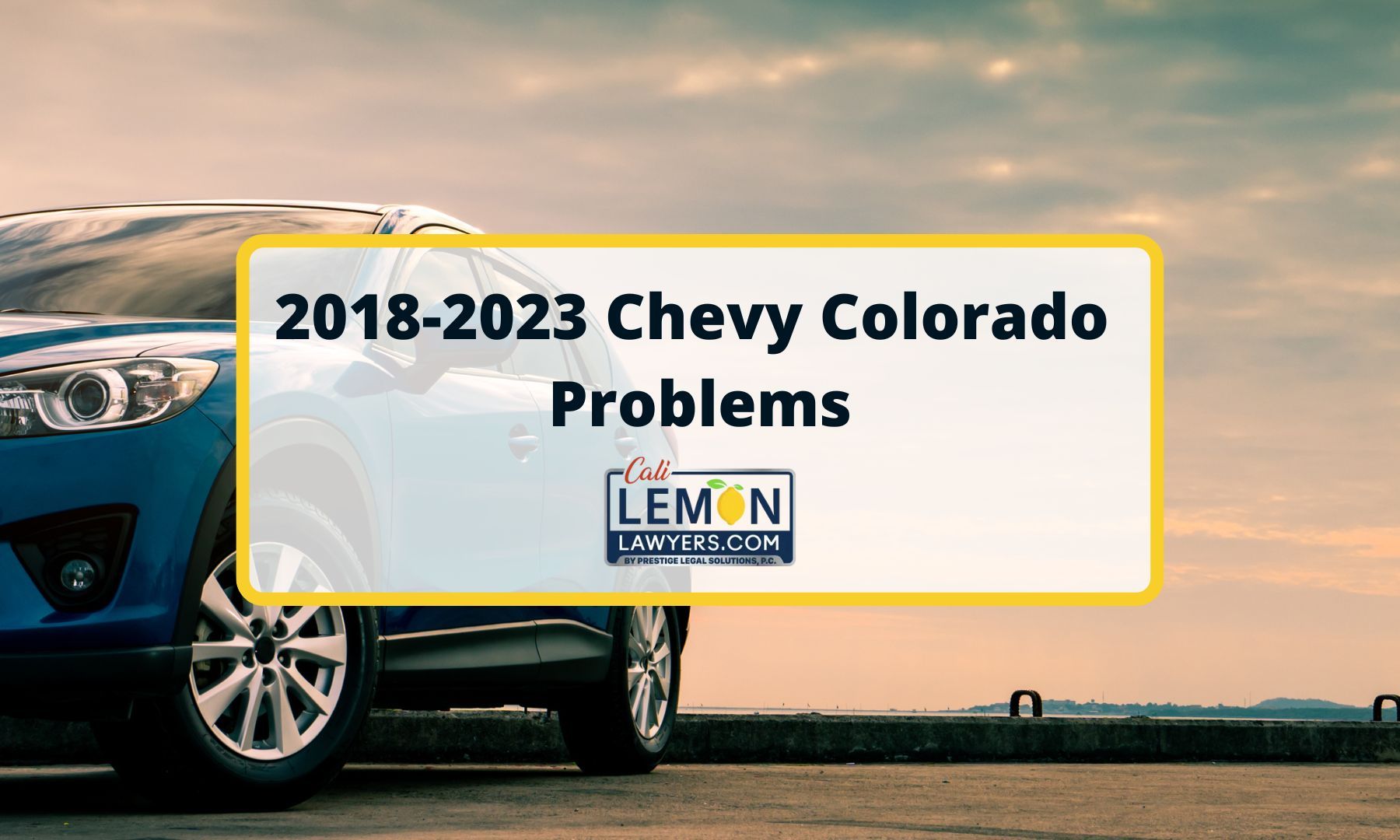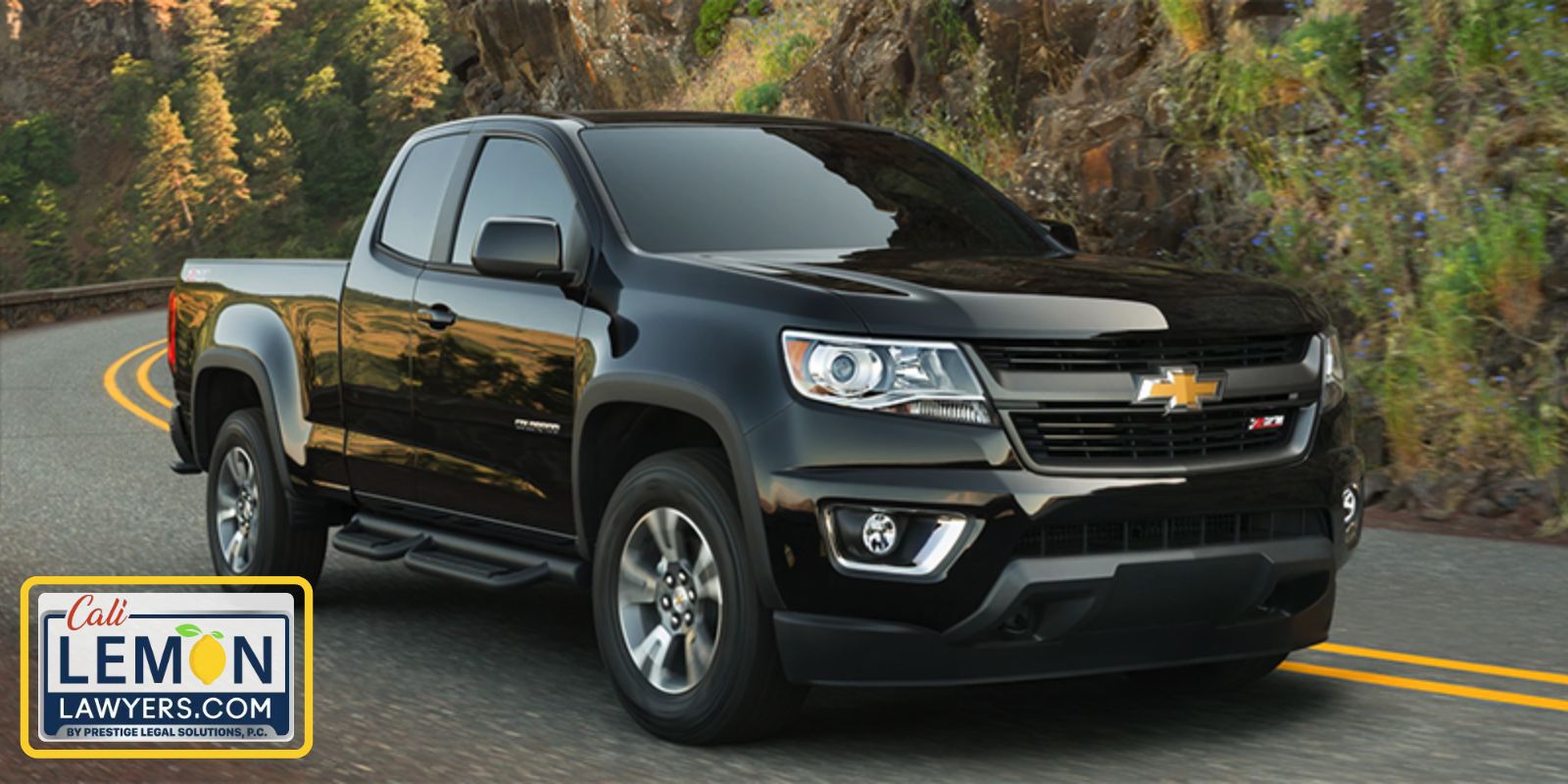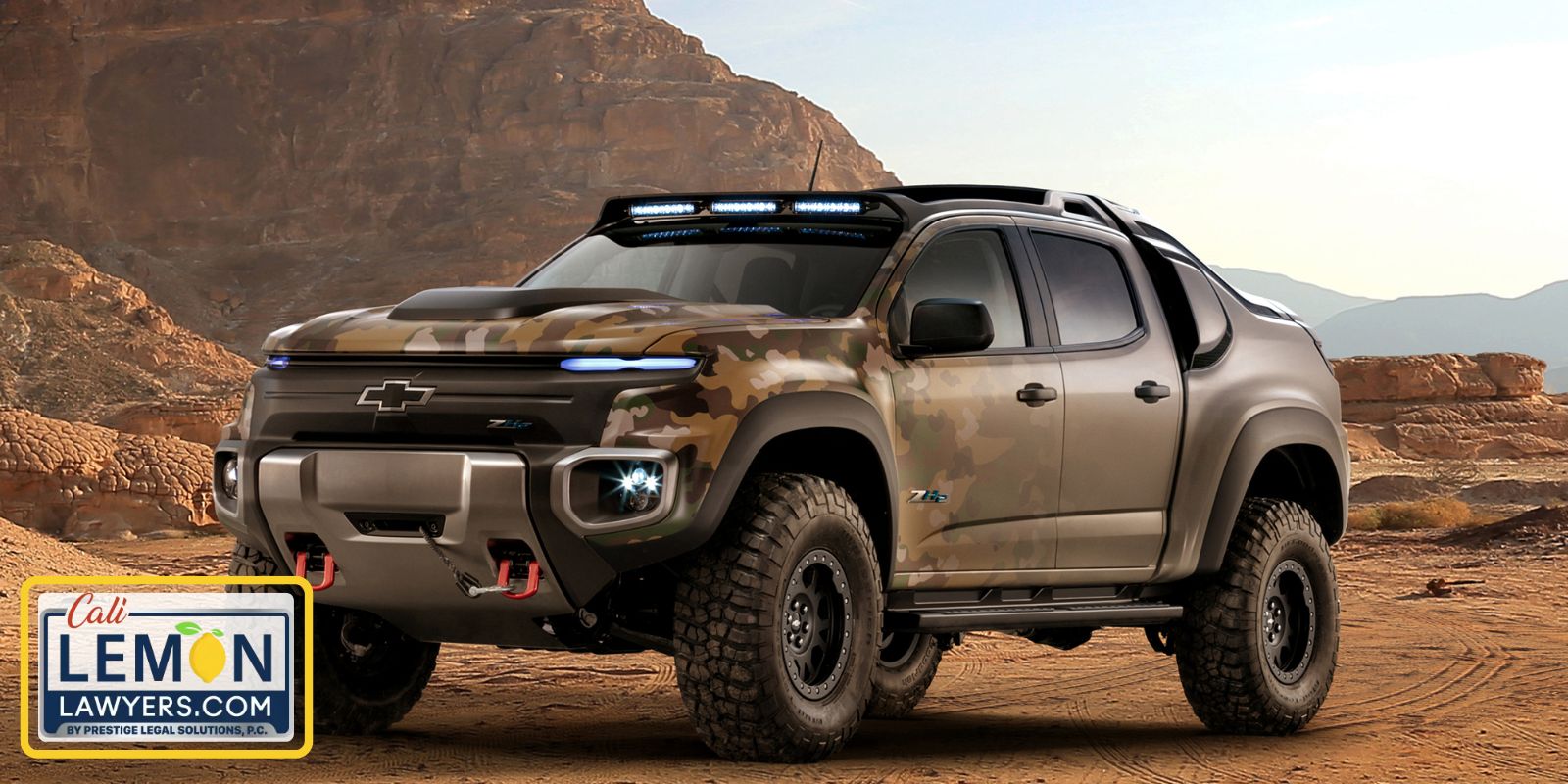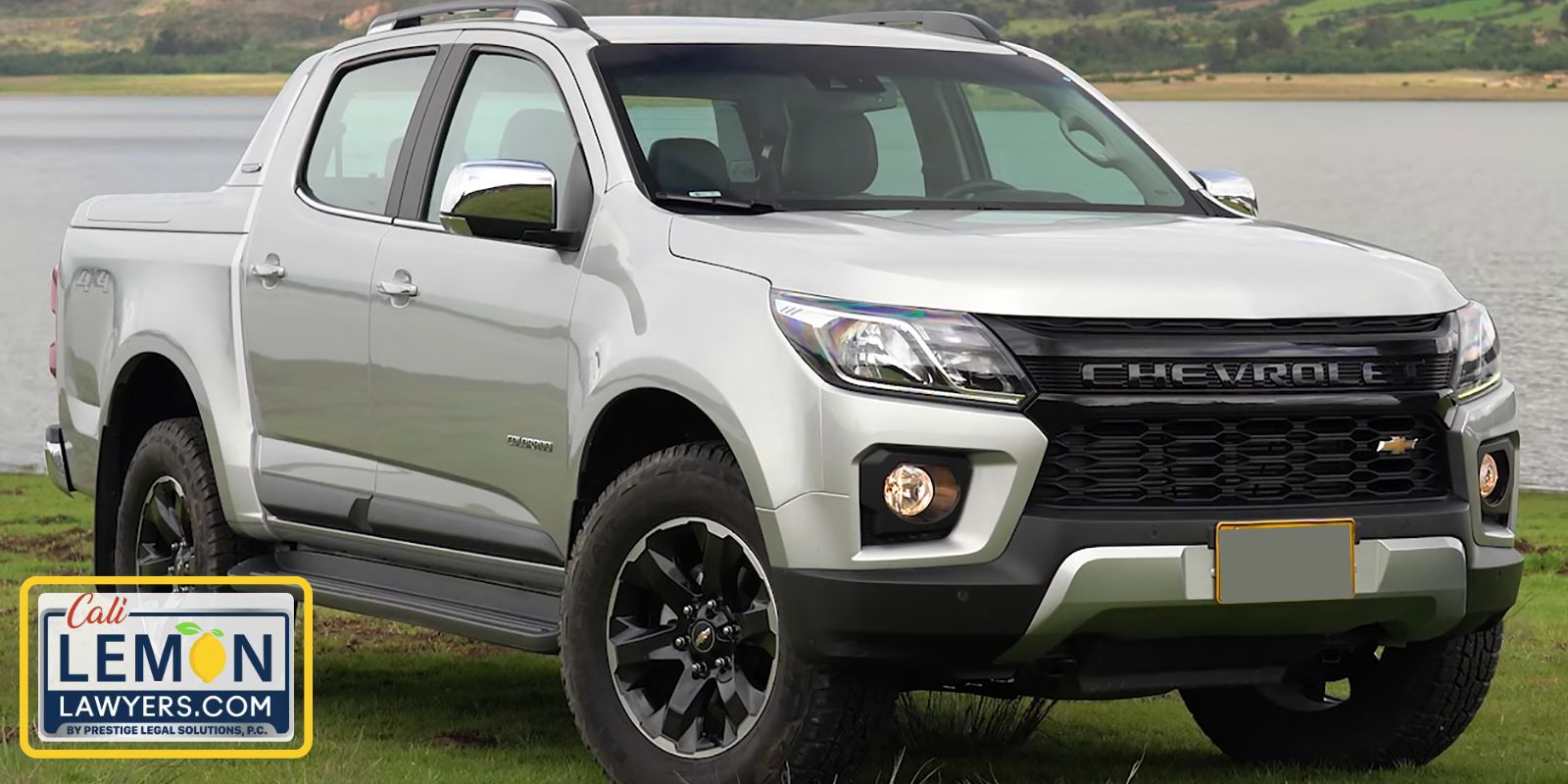How To Check If Your Car Battery Is Under Warranty
Wondering how to check if your car battery is under warranty? You’re certainly not alone. If you don’t know where your warranty documentation is or how to interpret it, this article is for you. First, to put your mind at ease, there is a clear path to finding all the necessary information about your car battery warranty (even if you’ve lost your documents). Below we’ll provide step-by-step instructions and present crucial insights to help you navigate your car warranty with confidence.
If your car battery is having issues while under warranty you may be entitled to compensation. Prequalify below or call (310) 627-2665 for a free case evaluation. ¿Hablas Español? Contáctenos ahora para recibir más información.
What is a car battery warranty?
A car battery warranty is a promise or guarantee provided by the battery manufacturer, ensuring the performance of your car battery for a specific period of time. If the battery fails within this period, a new battery will typically be replaced at no cost to you. The duration and terms of the warranty can vary significantly between manufacturers and types of batteries.
Where To Find If Your Car Battery Is Under Warranty
Struggling to locate your vehicle warranty documents? You’re not alone. Such documents can often get lost in the hustle and bustle of life, or you might not even know where to start looking. Don’t fret – there are several ways you can get your hands on this critical information, even if your original copies have gone astray:
- Owner’s Manual: Some manufacturers will include the warranty information in the owner’s manual or service booklet that comes with your vehicle.
- Vehicle Purchase Documents: If you bought your vehicle new, your dealership should have given you the warranty documents at the time of purchase.
- Online: Most car manufacturers have the warranty information for their vehicles available on their website. You can usually find it by searching for the make and model of your vehicle, followed by “warranty information”.
- Car Dealer or Manufacturer: If you can’t find your warranty information, you can contact the dealership where you bought the car or directly reach out to the manufacturer. They should be able to provide you with the details of your warranty.
- Third-Party Warranty Providers: If you bought an extended warranty from a third-party provider, you should have received a separate document from them detailing the terms and conditions of the warranty. If you can’t find it, you should contact the provider directly for another copy.
If you registered your vehicle or its components online on a site like Carfax, check those registration details online; note that they typically have links to warranty info or a copy of the warranty itself.
For the most accurate and up-to-date information, it’s always best to refer to the manufacturer or dealer.
Interpreting car battery warranty information
When interpreting car battery warranty info, it’s important to understand a few key factors.
The warranty duration is a crucial aspect; this is the period during which the manufacturer guarantees the performance batteries, typically expressed in months or years from the purchase date.
The terms and conditions of the warranty outline the specific requirements that must be met for a claim to be valid. They often cover damage, proper use, and what the warranty covers, such as repairs or replacements.
The warranty will also have limitations and exclusions that specify circumstances under which the battery warranty does not apply. For instance, damage from misuse, unauthorized repairs, or environmental factors might be not be covered.
Types of Car Battery Warranties
Car battery warranties are available in three types: factory, dealer, and third-party.
Factory warranties, provided by the manufacturer, offer comprehensive coverage for a defined period but may have limitations, such as pro-rated coverage.
Dealer warranties, provided by dealerships, have shorter durations and may include additional benefits like roadside assistance, but often require regular dealership maintenance.
Third-party warranties from independent companies offer flexibility and transferability of most warranties upon vehicle sale, although they might offer more limited coverage.
What to Do If Your Battery Fails Under Warranty
If your car battery fails while still under warranty, there are several steps you should take.
First, get your battery tested by a professional. This will confirm if the issue is indeed with the battery and not another part of the vehicle.
Documenting the issue is also essential; keep a record of the battery’s failure symptoms, when it occurred, and the results of the professional test.
Once you have this information, contact the relevant party – this could be the manufacturer, the dealer where you purchased the car or the battery, or the warranty provider. Be prepared to provide the details of defects you have documented, as well as any other information they may need, such as proof of maintenance. Remember to follow their specific procedure for making a warranty claim to ensure the process goes as smoothly as possible.
If your car battery fails while under warranty, contact Cali Lemon Lawyers. We specialize in California Lemon Law, and can provide expert guidance and assistance in protecting your consumer rights.
Understanding your rights and options
It’s essential to understand your rights and options if your car battery fails while still under warranty.
You have the right to file a claim under the warranty, assuming the failure falls under standard warranty and within its terms and conditions. Your warranty likely covers the repair or replacement of the battery, though the specifics depend on the warranty’s terms.
Although you could opt for a third-party repair service, be aware this could risk voiding your warranty.
You are protected by the California Lemon Law and other consumer protection laws, which provide additional rights and protections in such situations.
Factors that Can Void Your Battery Warranty
Several factors can potentially void your car battery warranty.
- Improper installation, such as incorrect fitting or connection batteries, can lead to battery damage and may consequently nullify the warranty.
- A lack of regular maintenance is another factor; not keeping the battery clean or adequately charged might void the warranty.
- Misuse or abuse, such as using the batteries in an application for which they are not designed, can also void the warranty.
- Unapproved modifications or repairs, such as attempts to fix or modify the battery without professional guidance or manufacturer’s approval, can lead to warranty denial.
- Environmental damage, including damage due to exposure to extreme temperatures or water, can potentially void your battery warranty.
Always refer to your specific warranty terms and conditions for the definitive guidelines.
Understanding Car Battery Warranties and the Lemon Law
Understanding your car battery warranty coverage and California’s Lemon Law can be a significant advantage, providing peace of mind, mitigating unexpected costs, and enhancing vehicle reliability. These warranties, both standard and extended, cover repair or replacement of faulty batteries for specific periods, while the Lemon Law provides additional protection for new and used vehicles, including cars, trucks, SUVs, motorhomes, RVs, and leased vehicles when repeated repair attempts fail, possibly leading to vehicle replacement or refund. Knowing these terms enables you to properly maintain your battery, potentially extending its life. So, by exploring your warranty manual and familiarizing yourself with these protections, you arm yourself with knowledge that can ensure smooth, cost-effective driving.
How warranties and the Lemon Law relate to car batteries
Warranties and California’s Lemon Law are closely linked when it comes to car batteries. Under a manufacturer’s battery warranty, defective batteries are typically repaired or replaced if they fail within the warranty period. However, if the battery repeatedly fails despite repair attempts or replacement, California’s Lemon Law may apply. Thus, if a persistent battery issue cannot be resolved within a reasonable number of attempts, the consumer may be entitled to a replacement battery, vehicle or refund under California’s Lemon Law.
Understanding the Role of a Law Firm in Warranty Cases
Law firms like Cali Lemon Lawyers, play a vital role in resolving complex car battery warranty claims and disputes, providing valuable assistance in interpreting warranty contracts, negotiating with manufacturers, and, when necessary, litigating to enforce warranty terms. Given the intricacy of warranties and the potential for disputes over coverage, timelines, or claim procedures, it’s advisable to seek legal advice in such situations. Our experts leverage in-depth knowledge of regulations to ensure our clients’ rights are protected and they receive fair treatment.
Conclusion
Now that you’ve read through this guide on understanding you car battery warranty, you should know exactly how to check if your car battery is under warranty and all considerations to take into account.
Knowing your battery warranty is key for maintaining your vehicle’s reliability and controlling unexpected costs.
Warranties, which range from factory to dealer and third-party, protect against sudden battery failures, covering associated costs. Understanding these terms, including warranty-voiding factors, is essential.
Further protection is offered by California’s Lemon Law, which includes options for vehicle replacement or refunds for persistent defects. In warranty disputes, consulting specialized law firms like Cali Lemon Lawyers can be beneficial due to their expertise in navigating these complexities.
Being aware of your warranty details and seeking legal advice when needed makes you a proactive car owner, better equipped to handle unforeseen battery issues, leading to a stress-free driving experience.

